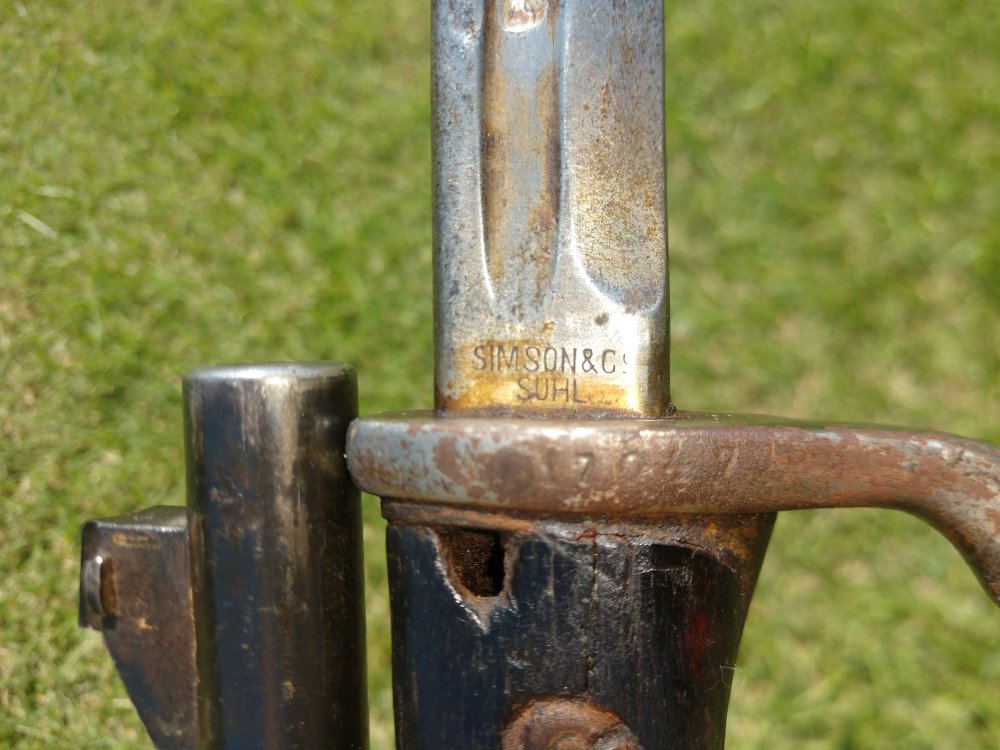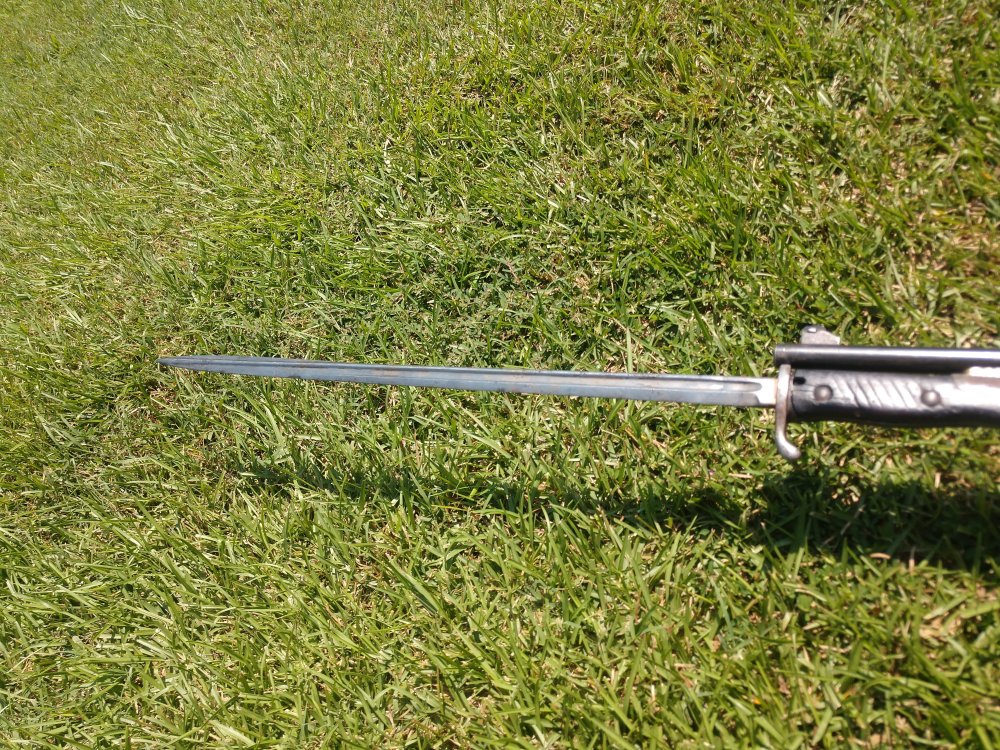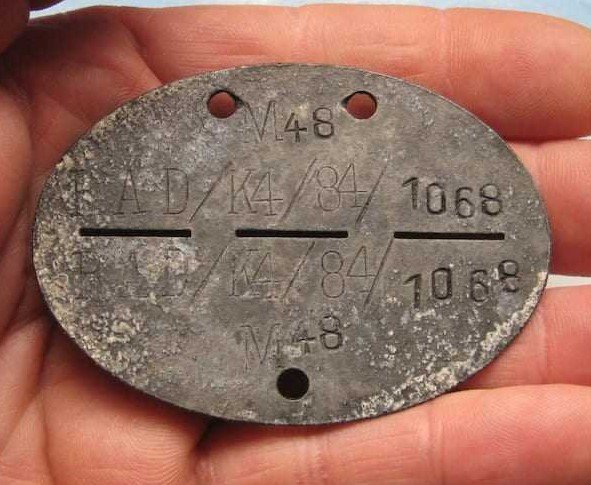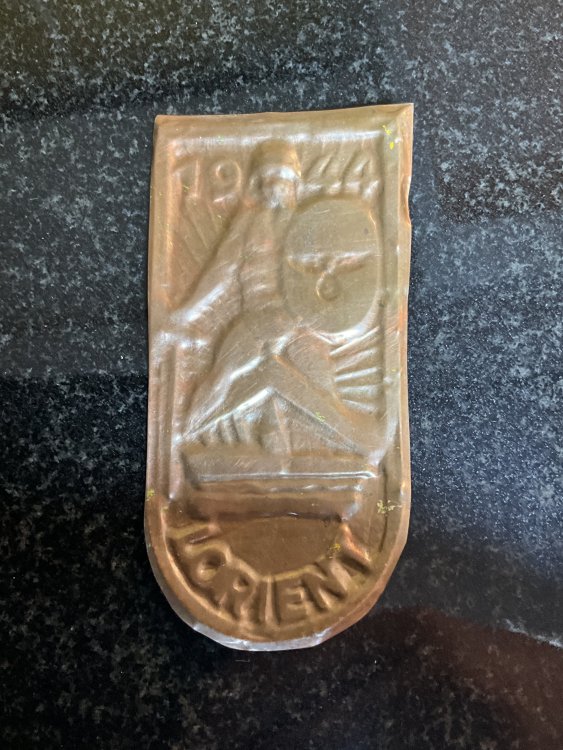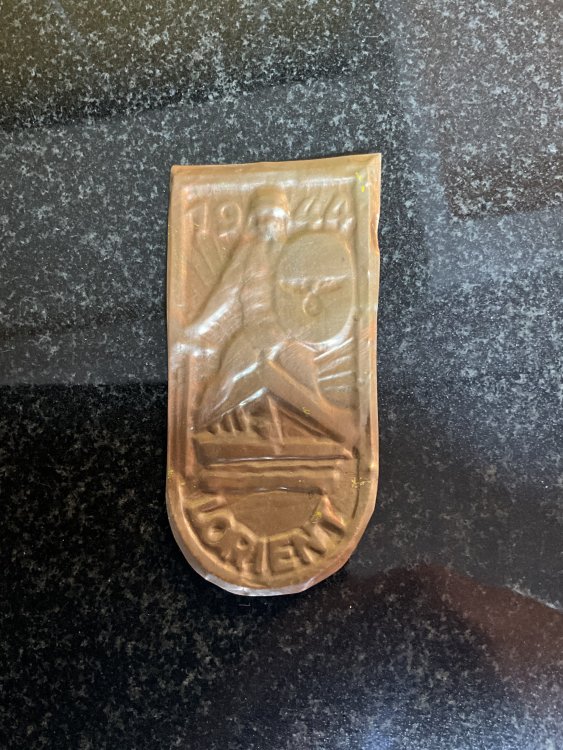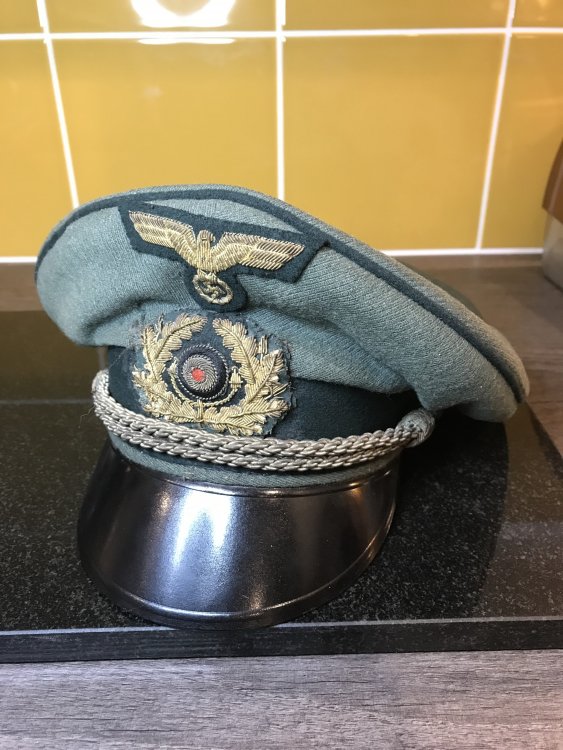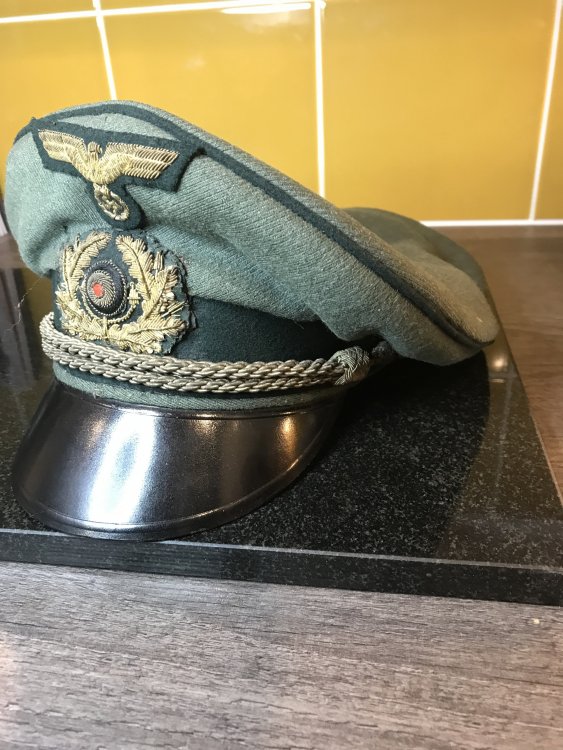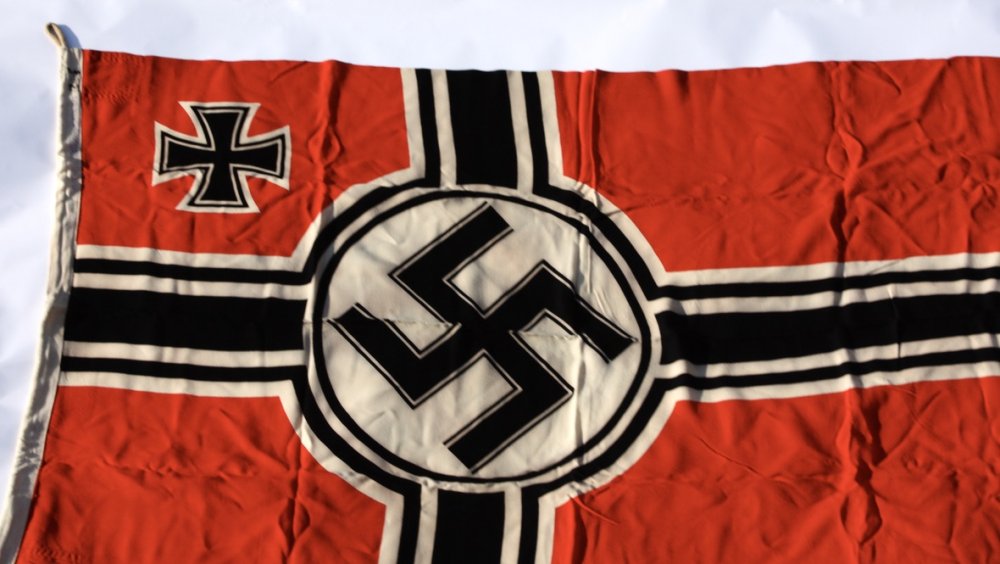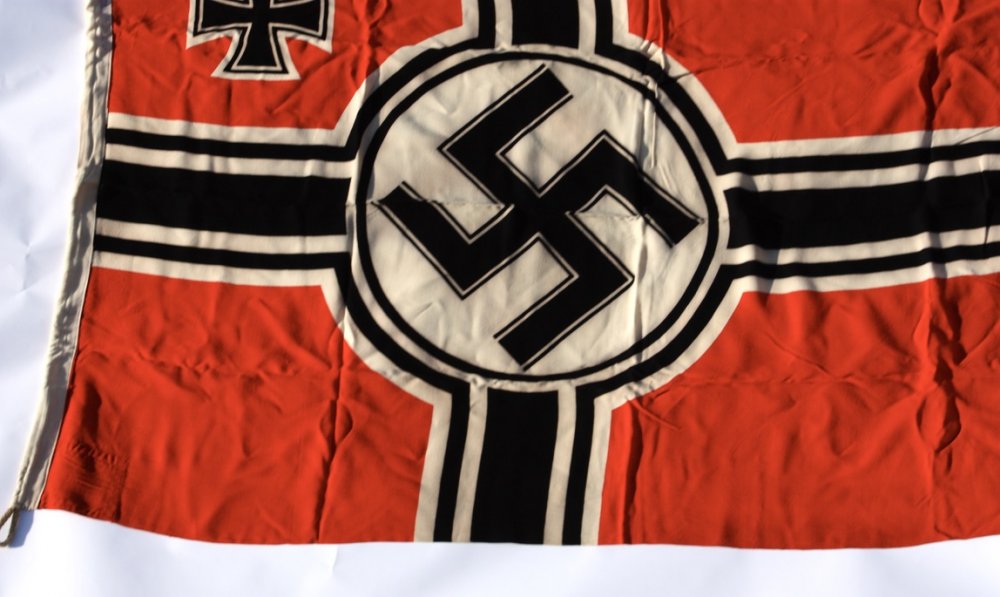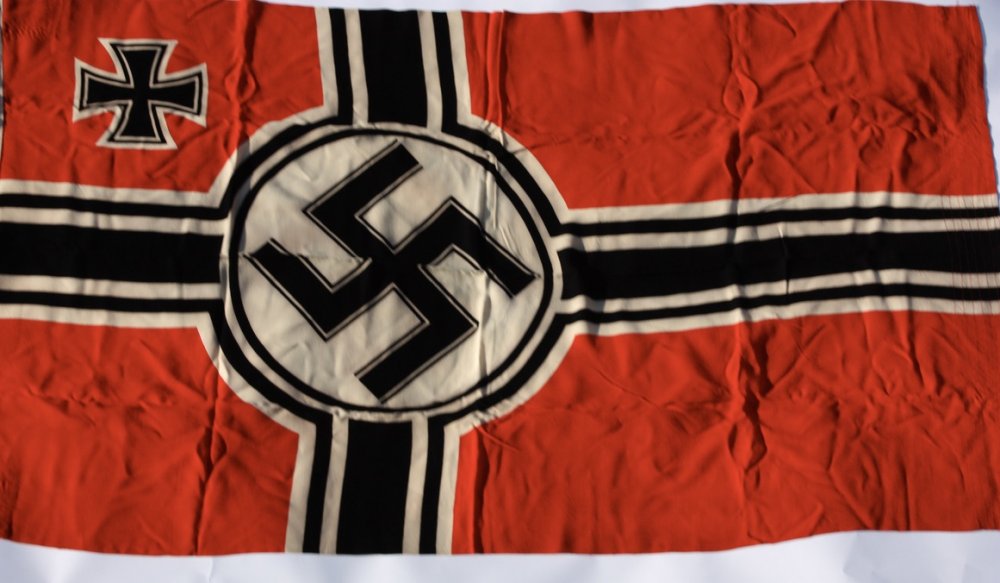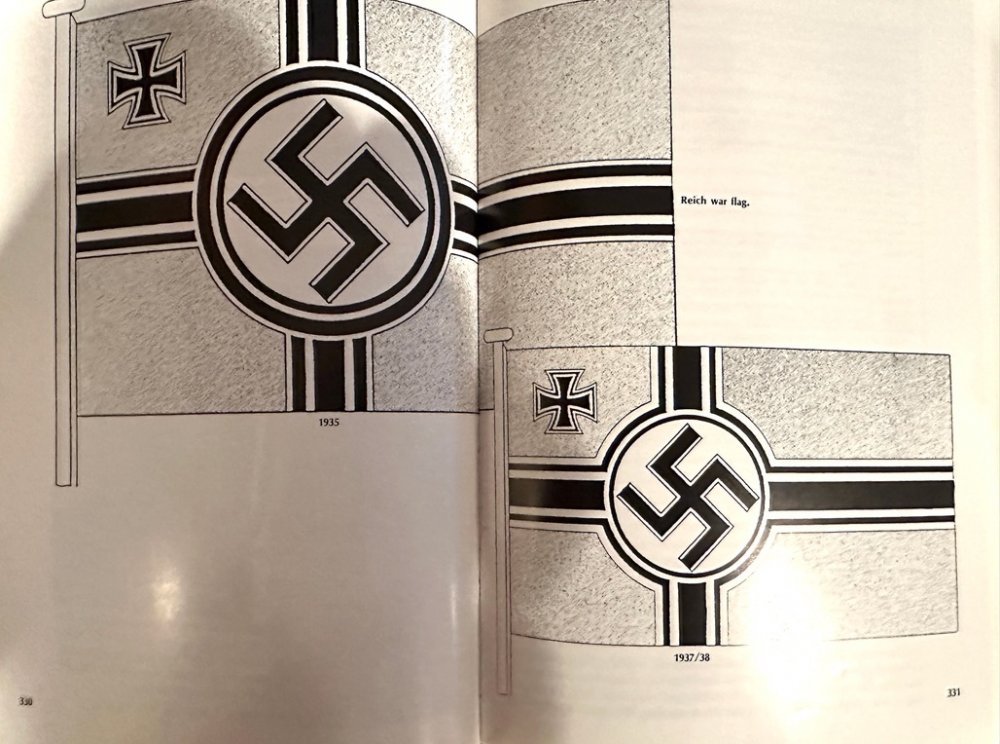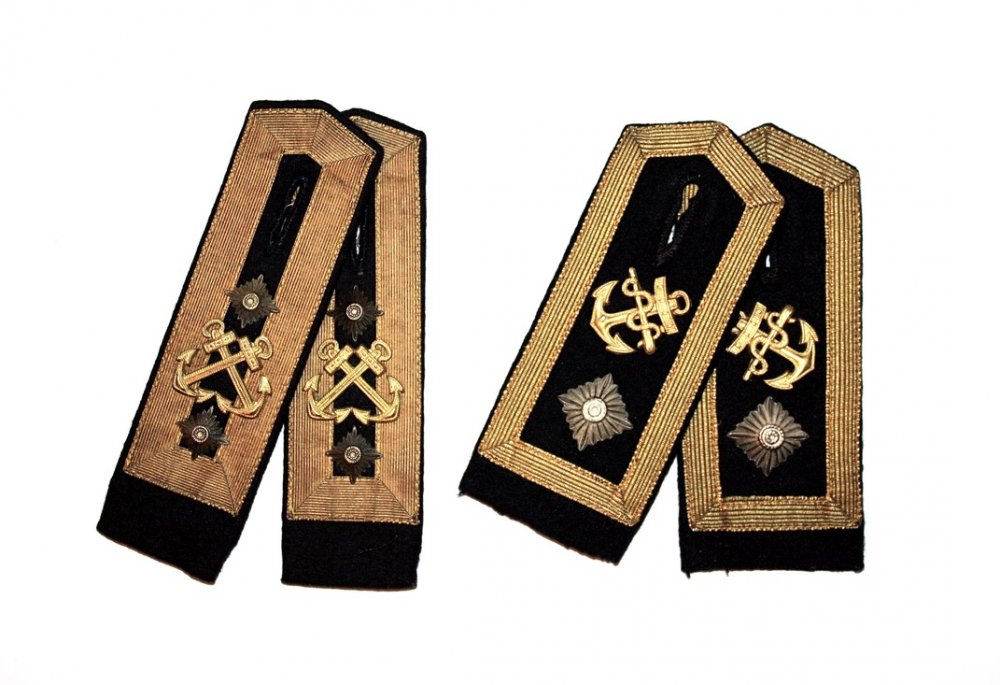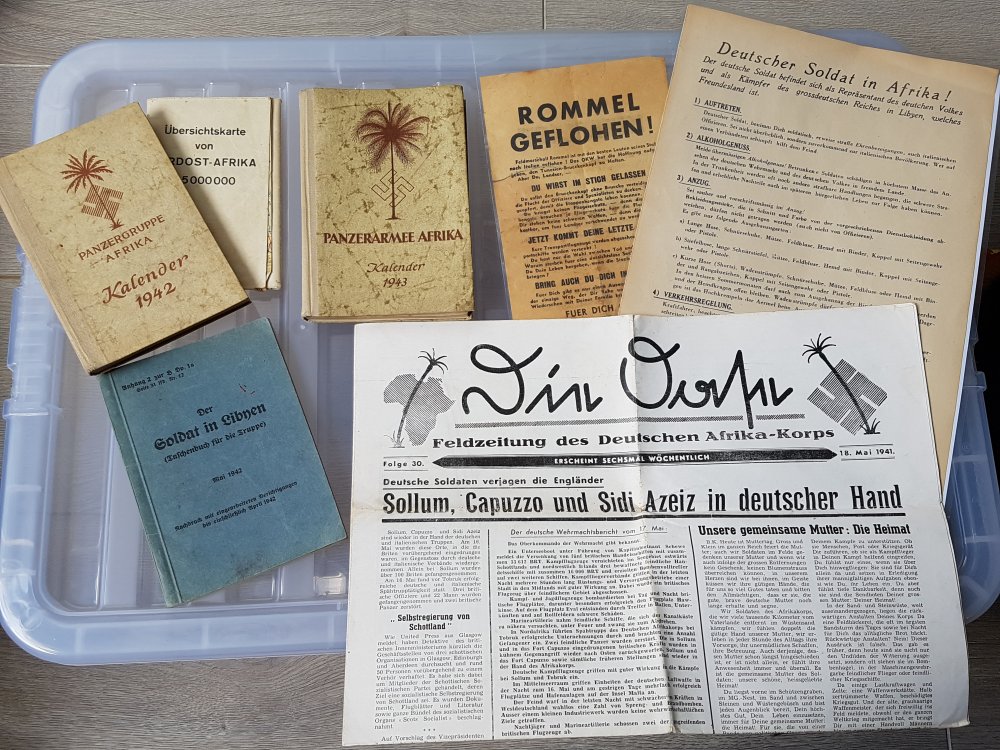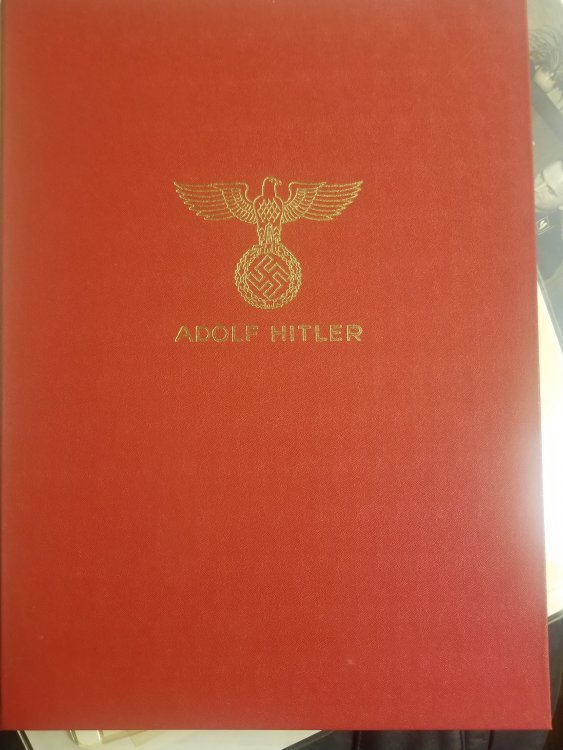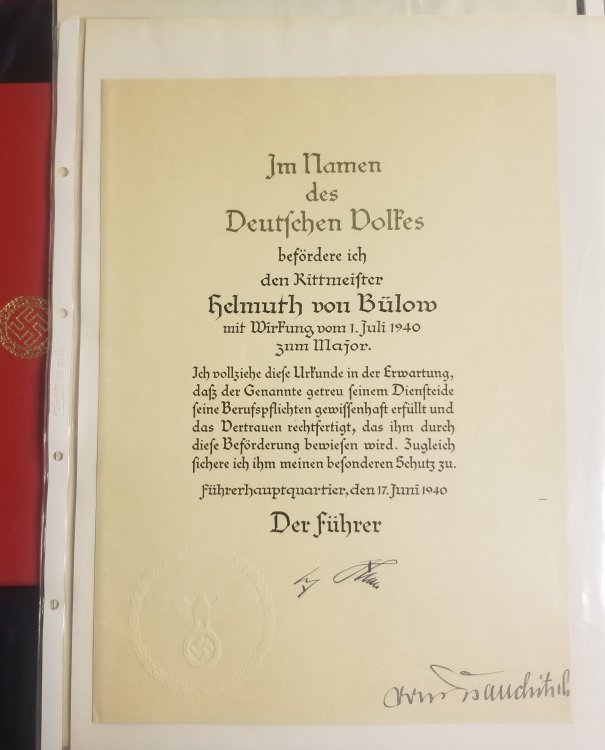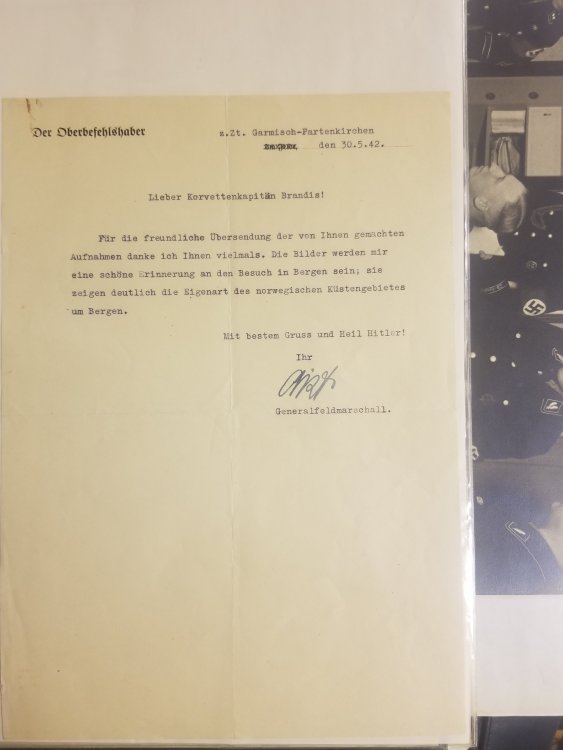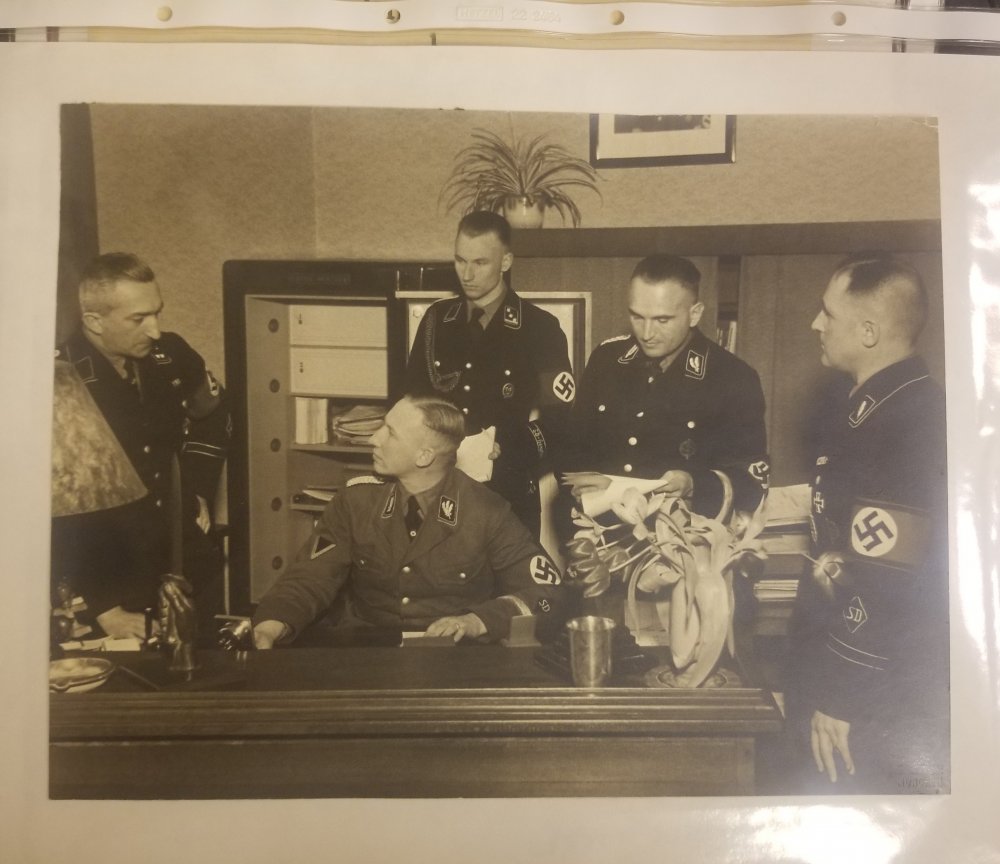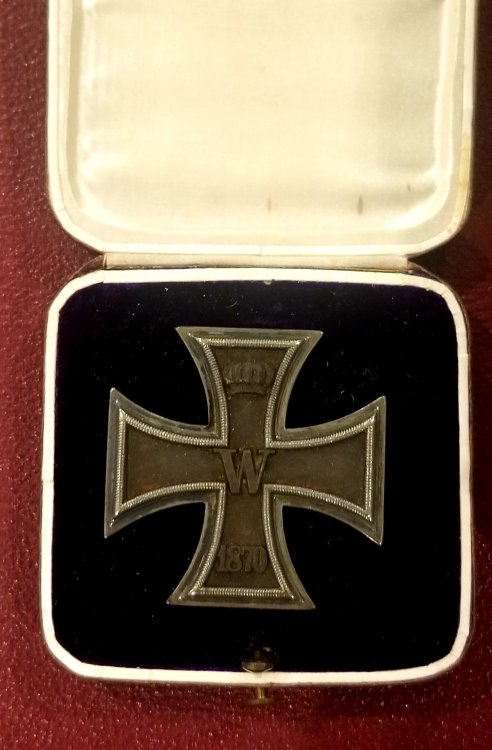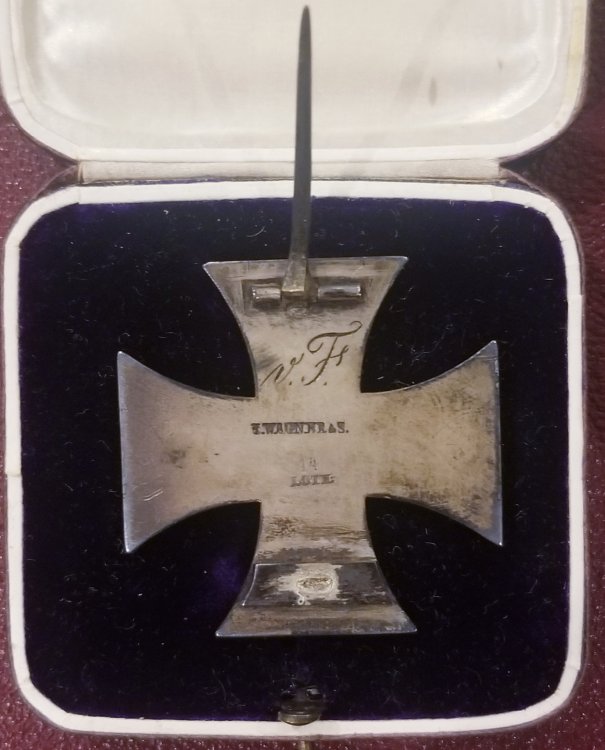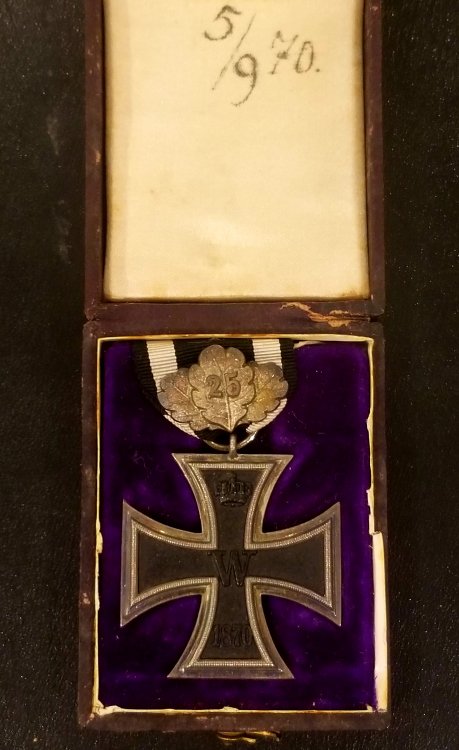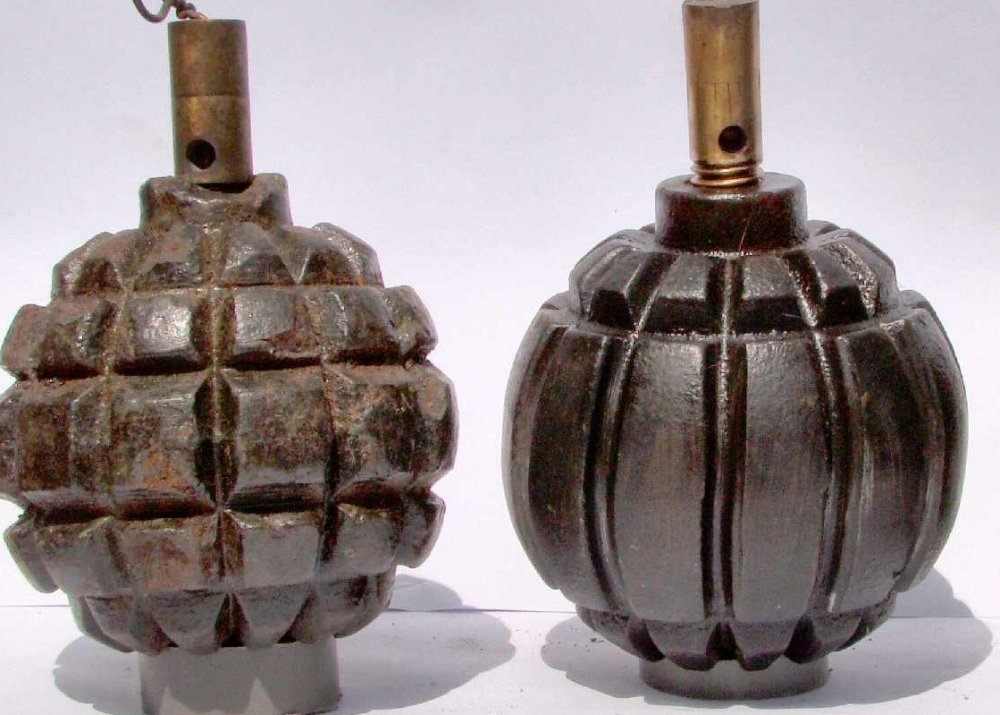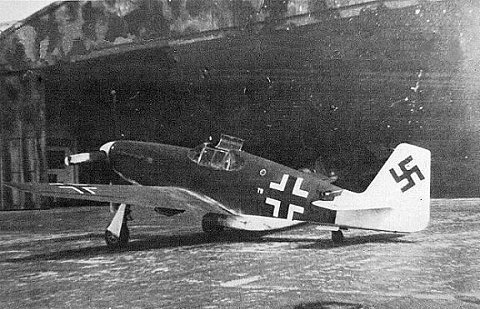Leaderboard
Popular Content
Showing content with the highest reputation since 23/10/18 in all areas
-
Here is my Deactivated WW1 Lewis Gun, this particular version was made for the Belgian Army, under contract from the Birmingham Small Arms Company (B.S.A.) in Birmingham, England. Although the Belgians did have a factory (Armes Automatiques Lewis Company at Liege) they did not make very many as most of Belgium was overrun by the Germans. The British could make 6 Lewis guns for the time and cost of making a single Vickers Machine gun. B.S.A. produced a total of 145,397 Lewis guns during World War I. The sling is a modern reproduction as real slings are extremely hard to come by. Original slings had the padding made from asbestos, so this one has a synthetic padded area that simulates the look. This weapon weighed in at 28 pounds and a fully loaded 47-round magazine was 4 pounds. Still a relatively light weapon compared to the static mounted machine guns like the U.S. made vickers (M1915) which weighed 42 pounds for the gun and another 56 pounds for the tripod. Maxim Machine guns weighed about 75 pounds as well. The big advantage of this weapon was its portability, it could be operated by a single soldier, and keep up with the infantry advances. These light machine guns were prized by the Germans who often would capture them and use them against the Allies.10 points
-
Here is a Bulgarian M36 Helmet, type C, which was the last version to be produced. Initially these helmets were made abroad, but machinery was moved to Bulgaria to allow for domestic production. The type C was introduced in 1939 and is the most numerous of the various models. The helmet is somewhat similar to the German helmets, but smaller, lighter, and a shorter brim. This particular helmet at a size 54, with the original liner, but missing the chinstrap. I found this at a local estate sale, and it was a cheap pickup.8 points
-
Here is my latest find, a VB Launcher for the US M1917 Enfield rifle. This is the twist on type, with a metal spring band to hold the sight and muzzle firmly while in operation. Un-Dug examples are very hard to find. Near the muzzle of the launcher you can see a knurled band, this was so that soldiers could feel the difference at night or in dark conditions. This version and the version for the M1903 Springfield are virtually identical, the M1903 does not have the knurled band however.8 points
-
Picture is a two-piece officer''s visor cover for junior grade from my collection of Kriegsmarine antiques. The cap has a hand-embroidered gilt wire national emblem and, cockade, as well as gold wire piping. This cap belonged to Werner Wendt (1916-1988), Captain of U-765. The U-765 was sunk in the North Atlantic on 6 May 1944 by depth charges on its first war parol. Werner and 10 crewmen survived, 37 dead. Pictured below is the underside view of the visor cap. Pictured below is the two-piece visor cover disassembled. In this configuration, a white or blue cap-covers could be worn. Because I do not like to take this cover apart, I used a photo taken years ago.7 points
-
Over 4000 views in such a short time, I think this post deserves to be pinned7 points
-
John, you have an amazing collection, really have enjoyed you sharing your items with us.7 points
-
From my collection are pictures of my Sold-Libellen KM-2 sextant with its original metal storage box. This sextant was manufactured for the Kriegsmarine by C.Plath. The SOLD KM-2 was developed for navigational use aboard U-boats and S-boats at night and/or in poor weather conditions when horizon not visible. For an in-depth review of this type of sextant, visit the link https://sextantbook.com/2013/11/04/the-sold-km2-bubble-sextant/. A view of KM-2 stored in its metal metal box. Note several accessories from the storage box are missing, but the original inventory label is present on inside of one of the two lids (not pictured). Top of metal storage box with access secured with side latches. The handle sides of KM-2 Sextant were the identification plate was once mounted but removed. View of the dial side of KM-2 sextant. The plate on dial is marked J.B., indiscernible mark, Geprütt Deutsche Seewarte (German Naval Observatory). Another view of dial side of KM-2 sextant. Topside view KM-2 sexton.7 points
-
7 points
-
7 points
-
7 points
-
7 points
-
7 points
-
7 points
-
Hi John333, It took me a long time to find a DECENT Ostfront medal. My advice would be to go for the shown medal if the price is reasonable to you as it is quite a nice example. Especially as it has a makers mark on the suspension ring. You can always keep looking for a better conditioned one and upgrade at a later date. So, if you don't have one yet, go for this one with an eye to upgrade at some point in the future. REALLY GOOD examples of this badge do not come up very often, and when they do they are snapped up quickly!7 points
-
7 points
-
Fritz: The answer to your question "I assume the buttons on the leather crew jacket are probably of gilded glass? " is "No." All the buttons on the black leather jacket in my collection are of two-piece metal construction with a fouled anchor gilt front and the backs are marked BESONDERS HALTBAR 'Particularly Durable' with makers symbol. A black leather jacket like mine with gilt fouled anchor buttons can be seen below on page 263 of Volume 2, Die Kriegsmarine Uniforms and Traditions by John R. Angolia and Adolf Schlicht. Pictured below is the back of a two-piece metal fouled anchor button on my black leather jacket. Note that various manufactured produced buttons that were used in making black leather jackets for the Kriegsmarine. Along with my black leather jacket having metal gilt buttons pictured below, note that this jacket has the Kriegsmarine ordnance mark (Eagle over M) between two fouled anchor buttons. The Kriegsmarine proof mark like the one on my jacket is pictured below on page 265 of Volume 2, Die Kriegsmarine Uniforms and Traditions by John R. Angolia and Adolf Schlicht. The collar of the neck was closed up by a metal clasp like the one below on my jacket. Note the front corner of the low standing collar are rounded and the button holes are reenforced with a narrow leather trim. Pictured is the interior of my jacket, which is lined with wool. Also I have enclosed a picture of the back of this jacket. For further information I havedenclosed page 288 of Deutche Kriegsmarine Uniforms, Insignia and Equipment of the German Navy 1933-1945 by Eduardo Delgado.7 points
-
Hi Eddie, I'm afraid the serial number is just a batch number so would not identify the U boat. Sometimes you will find the letter N which would identify them as belonging to the German Navy North Sea Fleet. Sorry can't help much more. Here is a list of the makers codes but no list of serial numbers as far as I'm aware. b e h ERNST LEITZ. WETZLAR GERMANY b e k HENSOLDT WERK FUR OPTIK UND MECHANIK HERBORN GERMANY b l c CARL ZEISS, MILITARABTEILUNG JENA JENA GERMANY b m h JIRASEK (not in Walter) PRAGUE CZECH b m j M. HENSOLDT & SOHNE, A.G. WETZLAR GERMANY b m t C. A. STEINHEIL SOHNE, GmbH MUNICH GERMANY b p d C. P. GOERZ, GmbH VIENNA AUSTRIA b v f C. REICHERT VIENNA AUSTRIA b y g JOH. WYKSEN, K.G. KATTOWITZ POLAND b z z I.G.-FARBENINDUSTRIE, CAMERAWERK MUNICH GERMANY c a d KARL KAHLES (telescopic sights) VIENNA AUSTRIA c a g D. SWAROVSKI WATTENS/TIROL AUSTRIA c a u KODAK AKTIENGESELLSCHAFT, DR. NAGEL WERK STUTTGART GERMANY c c x OPTISCHE UND FEINMECHANISCHE WERKE, HUGO MEYER & CO. GOERLITZ GERMANY c l b DR. F. A. WOHLER KASSEL GERMANY c l n ED. SPRENGER BERLIN GERMANY c r h FRANZ SCHMIDT & HAENSCH BERLIN GERMANY c r n HANSEATISCHE WERKSTATTEN FUR FEINMECHANIK UND OPTIK, FRIEDRICHS & Co. HAMBURG GERMANY c r o R. FUESS, formerly J. G. GREINER & GEISSLER BERLIN GERMANY c x n EMIL BUSCH, A.G. RATHENOW GERMANY d d v OCULUS (optometrist equipment, possibly gunsights) BERLIN GERMANY d d x VOIGTLAENDER & SOHN, A.G. BRAUNSCHWEIG GERMANY d k l JOSEF SCHNEIDER KREUZNACH GERMANY d o q DEUTSCHE SPIEGELGLAS A.G. (telescopes, lenses) LEINE GERMANY d o w WAFFENWERKE BRUNN A.G. (1943-OPTICOTECHNA GmbH) PRERAU CZECH. d p g ADOX KAMERAWERK GmbH (cameras) WIESBADEN GERMANY d p v ZEISS IKON A.G. DRESDEN GERMANY d p w ZEISS IKON A.G. GOERZWERK BERLIN GERMANY d p x ZEISS IKON A.G., CONTESSAWERK STUTTGART GERMANY d y m RUNGE & KAULFUSS RATHENOW GERMANY d y s HEINRICH ZEISS, UNIONZEISS K.G. ('apparently optical' BERLIN GERMANY d z l OPTISCHE ANSTALT OIGEE GmbH BERLIN GERMANY e a f MECHANOPTIK GESELLSCHAFT FUR PRAZISIONSTECHNIK, AUDE & REIPERT BABELSBERG GERMANY e a w R. WINKEL GmbH GOETTINGEN GERMANY e e d KURBI & NIGGELOH (photographic equipment) RADEVORMWALD GERMANY e s o G. RODENSTOCK MUNICH GERMANY e s u STEINHEIL SOHNE GmbH (telescopes & optics) MUNICH GERMANY e u g OPTISCHE PRAZISIONS WERKE GmbH WARSAW POLAND f c o SENDLINGER OPTISCHE GLASWERKE GmbH BERLIN GERMANY f j t PHOTOGRAMMETRIE GmbH (aerial recon. cameras) MUNICH GERMANY f l n FRANZ RAPSCH A.G. (sights, often subcontractor to Busch) RATHENOW GERMANY f v s SPINDLER & HOYER K.G. GOTTINGEN GERMANY f v x BECK & SOHNE KASSEL GERMANY f w r OPTISCHE ANSTALT SAALFELD GmbH SAALFELD GERMANY f x p HANS KOLLMORGEN GmbH BERLIN GERMANY g a g F. MOLLENKOPF STUTTGART GERMANY g k p RUF & Co., formerly CARL SCHUTZ KASSEL GERMANY g u g UNGARNISCHE OPTISCHE WERKE A.G. BUDAPEST HUNGARY g u j WERNER D. KUEHN BERLIN GERMANY g w v ERNST PLANK NURNBERG GERMANY g x l FRANKE & HEIDECKE (photographic equipment) BRAUNSCHWEIG GERMANY g x p HOMRICH & SOHN (photographic equipment) h d v OPTISCHE WERK OSTERODE GmbH OSTERODE GERMANY h f o VALENTIN LINHOF OHG (photographic equipment) MUNICH GERMANY h k m CARL BRAUN KG NURNBERG GERMANY h n a KORELLE WERKE, G.H. BRANDTMANN & Co. (photographic) DRESDEN GERMANY h r w HOH & HAHNE (photographic reproduction equipment) LEIPZIG GERMANY h w t IHAGEE KAMERAWERK, STEENBERGEN & Co. (cameras) DRESDEN GERMANY h x h A. KRUSS HAMBURG GERMANY j f n TETENAL PHOTOWERK, Dr. TRIEPEL, K.G. (photographic equipment) BERLIN GERMANY j f p DR. CARL LEISS BERLIN GERMANY j n h F. TUTEMANN (lens holders & optical equipment) LUDENSCHEID GERMANY j o n VOIGTLANDER-GEVAERT (cameras) BERLIN GERMANY j u x NEDINSCO, NEDERLANDSCHE INSTRUMENTEN, (vehicle & aircraft instruments?) VENLO NETHERLANDS j v e ERNST LUDWIG WEIXDORF GERMANY j x n HELMUT KORTH BERLIN GERMANY k h c OTTO HIMMLER (microscopes, optical equipment) BERLIN GERMANY k l n ERNST & WILHELM BERTRAM (photographic equipment) MUNICH GERMANY k n a DER ROBOT, BERNING & Co., K.G. (photographic equipment) DUSSELDORF GERMANY k q c JOS. SCHNEIDER & Co., K.G. GOETTINGEN GERMANY k r q EMIL BUSCH A.G. (assembled from foreign components) RATHENOW GERMANY k w c GAMMA FEINMECHANISCHE & OPTISCHE WERKE BUDAPEST HUNGARY k x v A. JACKENROLL GmbH BERLIN GERMANY l a e HEINRICH ZEISS, UNION ZEISS K.G. GOSTINGEN l f n REFLEKTA-KAMERAFABRIK, C. RICHTER (cameras) THARANDT GERMANY l m q CARL ZEISS (assembled from foreign components) JENA GERMANY l w g OPTISCHE WERKE OSTERODE GmbH (assembled from foreign components) OSTERODE GERMANY l w w HUET ET CIE PARIS FRANCE l w x OPTIQUE ET PRECISION DE LEVALLOIS, PARIS LEVALLOIS-PERRET FRANCE l w y SOCIETE OPTIQUE ET MECANIQUE DE HAUTE PRECISION PARIS FRANCE m b v I.G. FARBENINDUSTRIE, A.G.; AGFA (cameras) BERLIN GERMANY m c a FOTOWERK, Dr. C. SCHLEUSSNER, GmbH (photographic equipment) FRANKFURT GERMANY m t q PHOTOCHEMISCHE FABRIK ROLAND RISSE GmbH (photographic equipment) FLORSHEIM GERMANY m t r VOIGTLANDER & SOHN, A.G. (cameras) BERLIN GERMANY m t u A. LORENZ (MTU also used for AEG electrical equipment) GUTENFELD m t v A. LORENZ DRESDEN GERMANY n m s RICHARD HOLZ BERLIN GERMANY n x t S.A.I. OTTICO MECCANICA E RILEVAMENTI AEROFOTOGRAMMETRICI (stereoscopic aerial photography equipment) ROME ITALY o c p AKTOPHOT GmbH (photographic equipment) PRAG-SABECHTLITZ o c v W. KLAZAR (precision engineering; reportedly photographic equipment) PRAG o k c HAUFF A.G. (photographic equipment) STUTTGART GERMANY p v f C. REICHERT VIENNA AUSTRIA r l n CARL ZEISS JENA GERMANY A.G. = AKTIENGESELLSCHAFT; JOINT STOCK COMPANY GmbH = GESELLSCHAFT MIT BESCHRANKTER HAFTUNG; LIMITED COMPANY I.G. = INTERRESENGEMEINSCHAFT; UNION OF INTERESTS K.G. = KOMMANDITGESELLSCHAFT; LIMITED PARTNERSHIP OHG = OFFENE HANDELSGESELLSCHAFT; PRIVATE FIRM (literally, 'open trading company')7 points
-
Hello all Another new member seeking Historical WWII information. I recently inherited some German WWII memorabilia from a close family friend whose husband just passed away. They emigrated here to Canada in 1980. Their parents and relatives were part of the war effort in Germany during WWII. Her father was in the Luftwaffe and his items are displayed en mass in one photo. Her uncle was in the 5th SS Wiking division and his items are in the second and third photo's. I will be receiving more information and possibly photos when she receives them from her mother who is still alive in Germany. I am not an expert on these types of items however I do have a keen interest in WWII Hx. Any info or referencing to other sources would be hugely appreciated. I am looking to preserve these items in frame along with my families war memorabilia from that era. Thanking you all in advance.7 points
-
7 points
-
7 points
-
7 points
-
7 points
-
7 points
-
7 points
-
7 points
-
7 points
-
Pictured from my collection of Kriegsmarine antiques is a 7x50 power binoculars manufactured by Ernest Leitz (beh). Binoculars have original protective lens cover, as well as a ranging reticle in right ocular. Binoculars like these are pictured on page 232 in Volume 3 of Die Kriegsmarine Uniforms & Traditions by John R. Angolia and Adolf Schlicht.6 points
-
Here is an interesting item, a WW1 era US Signal Corps battery powered signal lamp kit. I love oddball items such as this by the way. So this kit was used pre-WW1 and probably would have been used into WW1 if not for advances in radio and field telephones. Although this and other obsolete items were still in the manuals of the time, realistically it most likely was not used in WW1. This kit typically consists of a leather belt and suspenders, a small leather box capable of holding 1 battery and a key switch, this was used to communicate Morse. Additionally a spare battery box was worn that held 4 extra batteries, and sometimes a larger shoulder strap leather box could be used that held 5 batteries and had a lamp hook up and signal key (shown on back of mannequin). I got this kit complete in the original packing crate, which held 4 lamps, and several leather straps, as well as extra batteries, which were wrapped in paper, and spare bulbs (these are particular hard to find spares for). The batteries were 3 volt and lasted about an hour if constantly used. I did test one of the original batteries, added water and charged it, and it still worked!6 points
-
6 points
-
Pictured from my collection of Kriegsmarine antiques is a book about the exploits of Kapitanleutnant Hans Bartels (1919-1945), awarded the Knight's Cross on 16 May 1940 for his naval action in during the Norwegian campaign . Great art dust cover of book. Art of Kapitanleutnant Bartels on deck of minesweeper M1.6 points
-
Back a few years ago 2018, I had a very long post on the now gone forum SRF (Surfpusrifleforum.org) about military surplus K98K rifles commonly found on the us market. In the 2000s there was a flood of surplus Mausers. I wrote a post describing the attributes of each specimen with many research links, examples, and mostly details from the rifles I own. None of these are deactivated. I will up date the 14 pages and post the new update information here. Most important, I am in the process of updating all the reference links so they function and can be view a number of ways depending on the age of the reader's computer. Some references are gone, but I saved most to the Wayback Machine Archive. I am providing fresh links. While saved on the archive, I have removed all links to the outdated version. And most important I would like to thank all on this forum for the help they offered.6 points
-
Shown is the Sägebajonett Mod. 1914, or sawback bayonet Model 1914. This one was made by Waffenfabrik Neuhausen. These were used on the K11 carbines and the K31 rifles and used by specialist troops such as engineers, and artillery troops. A very long blade at 480mm, with a total length of 610mm, this one is still quite sharp as well.6 points
-
Newly acquired M1898 n/A (neuer Art) or new model. This version has the more common two-piece wood handle, unlike the previous model with its one-piece grip. The bayonet is made by Simson & Co. in Suhl. No other visible markings other than a serial number on the cross piece. This bayonet was the first made the G98 rifle and is sometimes called the quill back model.6 points
-
I am a keen collector of dog tags. One thing I like to see on them is wear on either side of the 2 holes that the owners chord went through. Made of soft metal so often showed signs of wear after prolonged use. Good fakers will of course be aware of this, but encourages me when I see it. ***** this is not posted as a Panzer dog tag! The clue being in the RAD! Posted only as an example of the wear described above.!*********6 points
-
I thought I would wait a while before I posted this, but I can’t wait any longer. Lorient Shield, 100% correct, got all the background, my mission to collect ALL the shields is complete!! When I have the time Kenny, it might warrant a long post as all of my shields to ensure their history publishing - every one is 100% from the source. if im going to be a perfectionist, I need a small m Cholm - I have the long m as you know. Anyway, big cigar and martini time!! e6 points
-
6 points
-
Pictured from my collection of Kriegsmarine antiques is a second pattern Reich war flag with Eagle over M (Kriegsmarine Ordinance Proof) Dt. (Deutsch 'German') Reichskriegsfl. 'Imperial War Flag' 100x170 (size in centimeters) marked in ink on flag's bunting. A flag this one is on pages 328-331 of Volume 3, Die Kriegsmarine Uniforms & Traditions by John R. Angolia and Adolf Schlicht. Pictured below is an illustration of a first patter Riech war flag (top) and a second pattern Reich war flag (bottonm) on pages 330-331 of Volume 3, Die Kriegsmarine Uniforms & Traditions by John R. Angolia and Adolf Schlicht.6 points
-
Pictured from my collection of Kriegsmarine antiques are pair of senior NCO sew-in type boards for the career/rank of Helmsman-Coxswain/Oberfeldwebel (left) and senior NCO sew-in type boards for career/rank of medical/Feldwebel (right). Career/Rank designation from pages 87-89 of Die Kriegsmarine Uniforms, Insignias and Equipment of the German Navy 1933-1945. by Eduardo Delgado.6 points
-
A stupid question, were wrenches like the Ford and American tractor wrenches marked in a special way for sub or ship tools? Any books that show tools and tool chests of WW I or WWII subs?6 points
-
6 points
-
the obvious way to see a fake /space filler is that the original ones had cast names standing up wheras the repro's can only be engraved into. the repro specialists would not consider worth casting the name in individually on a one off basis wheras multiple casting blanks is cheaper. although you call them fakes they are being sold by dealers as space fillers while waiting for the original to come up. Collectors know but unsuspecting family members probably will not until they come to sell them. on the BMF, I keep the plaque list updated , currently there are over 3800 requests for missing plaques for collectors.6 points
-
Yes it still has the map inside and it’s just the front cover that is faded. I don’t really want to sell it though I have no idea what it is worth to be honest6 points
-
6 points
-
6 points
-
Fritz, Thank you again for your knowledge. The ribbon in the background wasn't placed over the 39' cross intentionally, I was sorting through many of my crosses. You say that ribbon + bar is worn with 1914 cross or 1870? I'm in the process of sorting through my father's collection which was passed down to me. I want to make sure all documents, cases, bars ect. Are kept with the corresponding awards. He was more the expert and was teaching me but sadly past before we completed. Here are a few 1870 crosses I have as well. I enjoy the subject and very much appreciate the time you're taking in your responses.6 points
-
There are manufacturers stamps inside under the leather on splatter masks but fakes are a plenty apparently. Buyer beware.A whole gang of blacksmiths out there !6 points
-
The 1915 types are somewhat still common, although the 1913 types seem to be prevalent on the market right now. Below is another type, one that I am still searching for. The Germans were somewhat prepared for the war with a reasonable stockpile of Grenades, however this did not last long and so they simplified the 1913 version which is shown below on the right. This was an attempt to reduce production time and get more to the front. These are very uncommon, I have only seen one for sale in the last few years and it was very expensive. Of course after 1915, the stick grenade became dominant and these types started to be less common. (photo source, internet)6 points
-
6 points
-
6 points
-
The bars appeared on the Queens medal for those servicemen who had completed 18 months service but had left the South African theatre before Jan 1st 1902 or had spent a period of time there after 1902.The Kings S.A. Medal was instituted in 1902 by King Edward VII for those who had served in South Africa after 1 January 1902 but had completed 18 months service in the conflict, not necessarily continuous, prior to the war's end on 1 June 1902. The King's Medal was always awarded in addition to the Queen's Medal, which continued to be awarded until the end of the war. However if you left the theatre before 1st jan 1902 you did not receive the Kings medal but you still got both of the bars even though you were not there continously in 1902.6 points







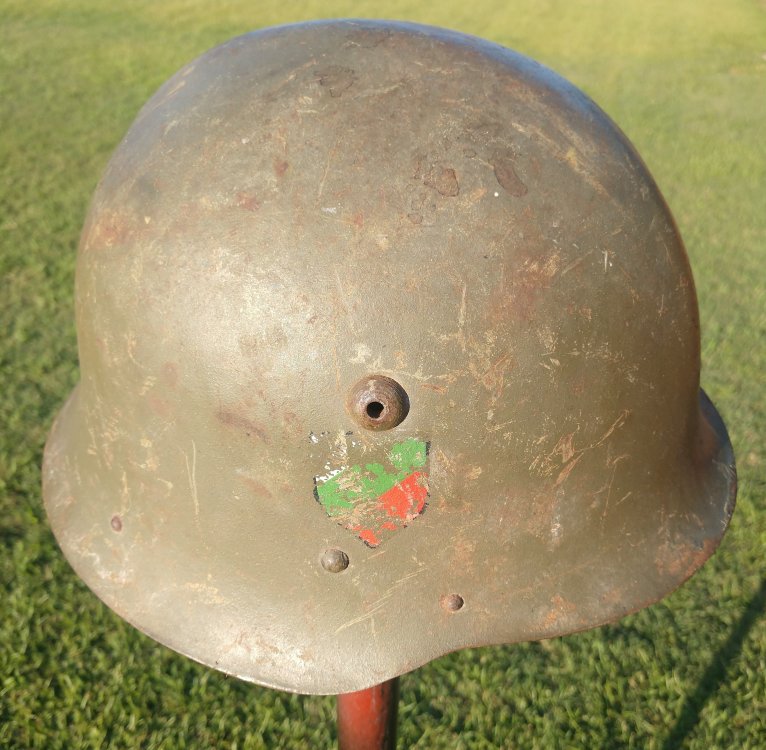
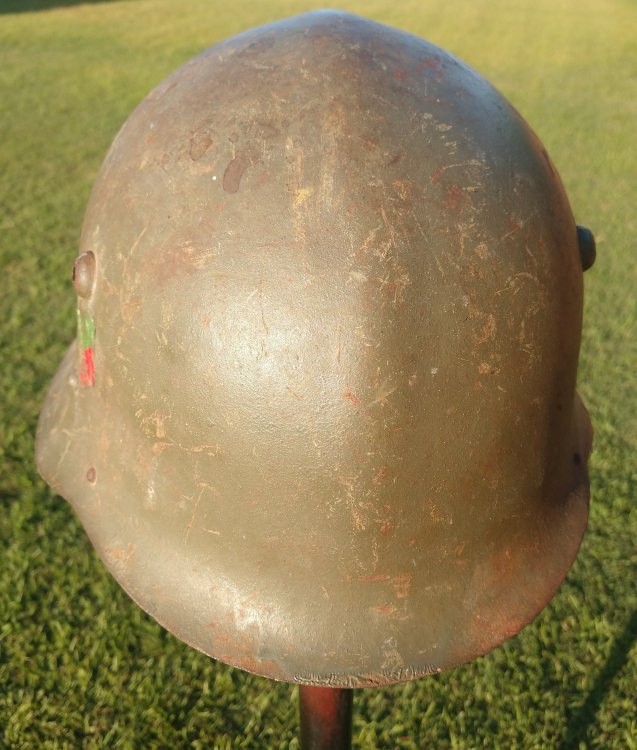
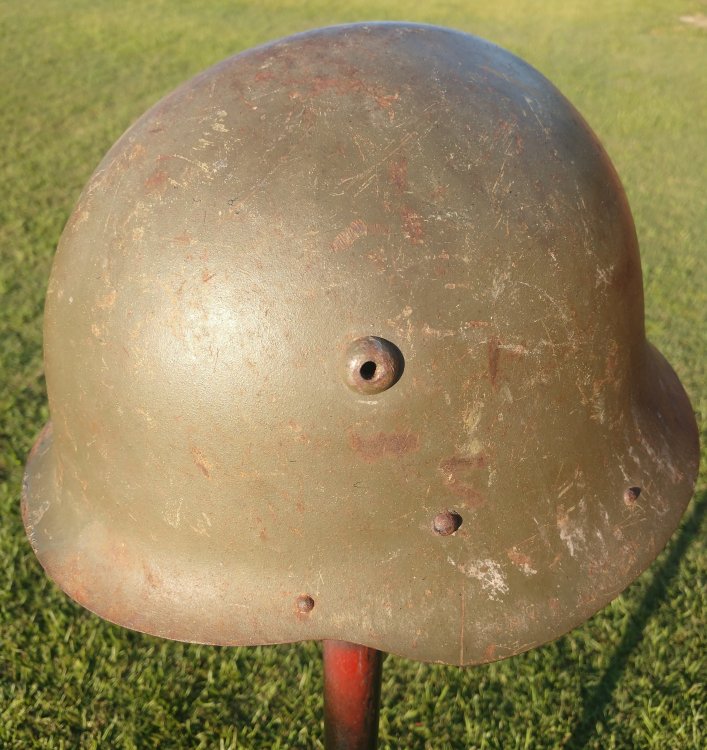
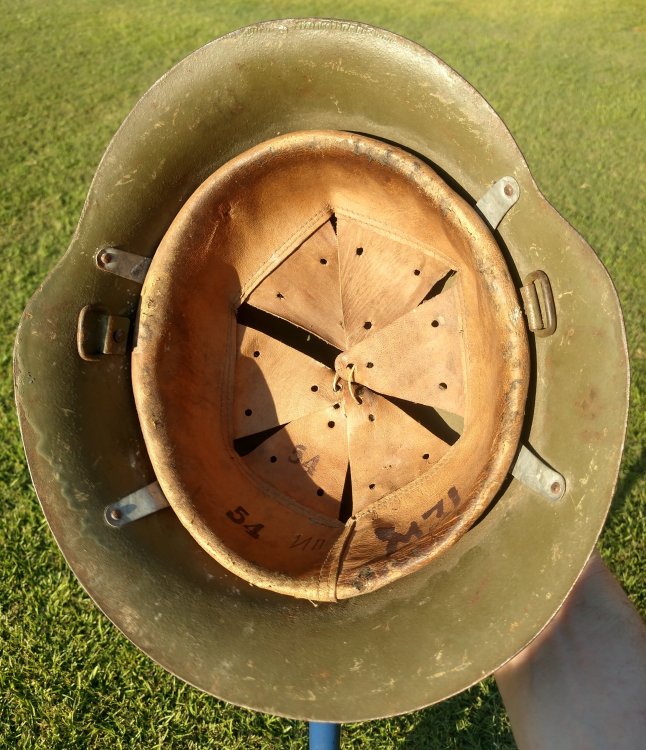
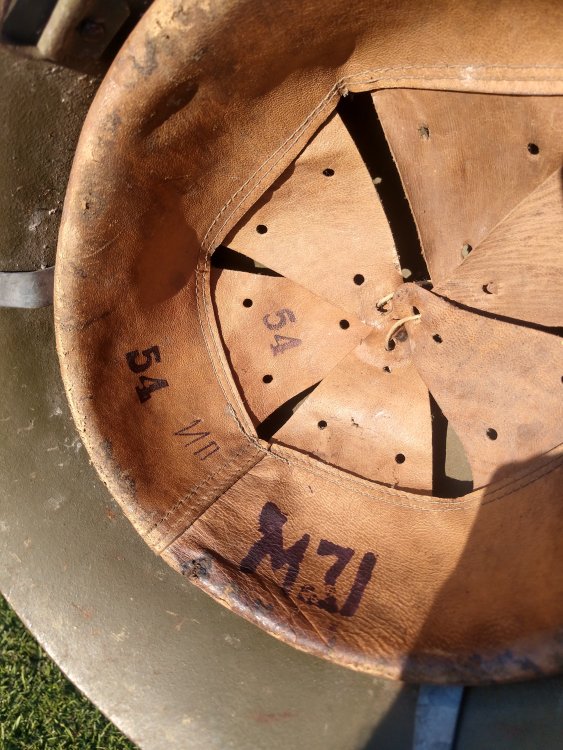

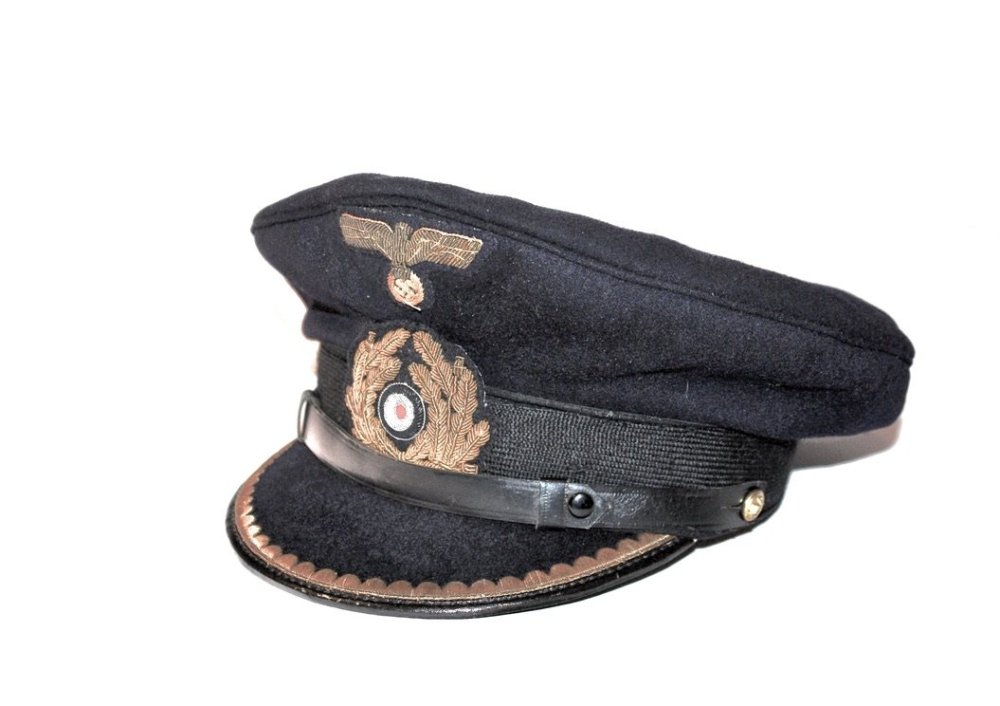
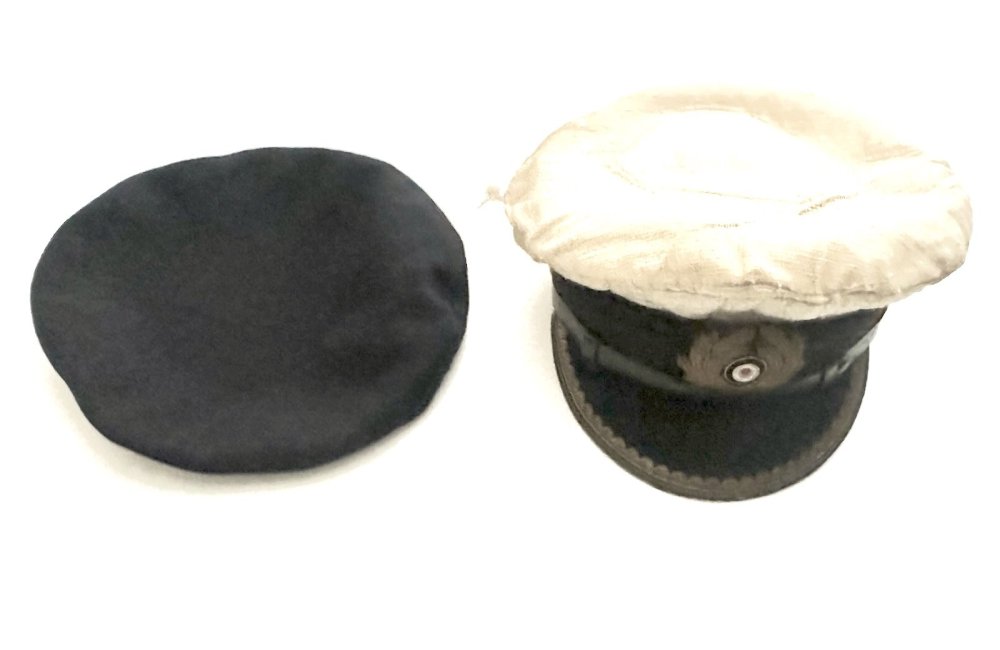
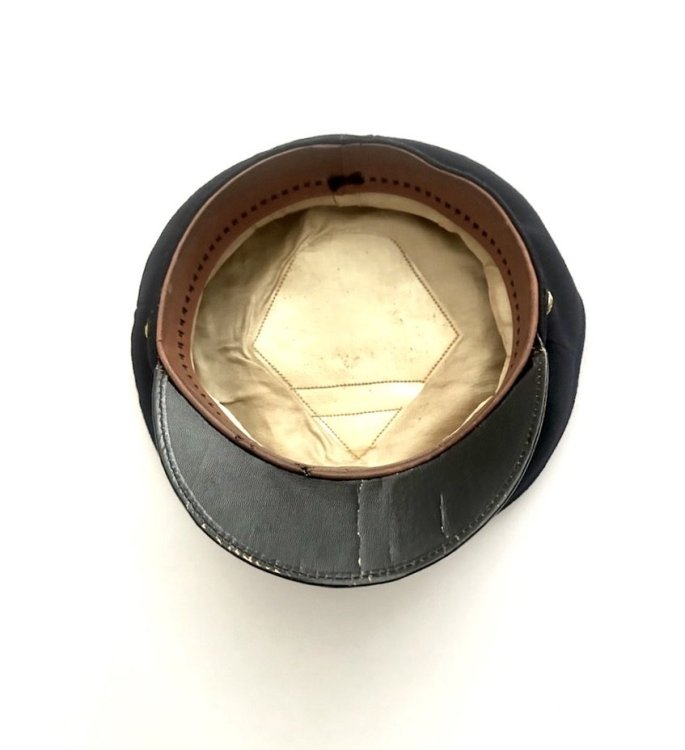
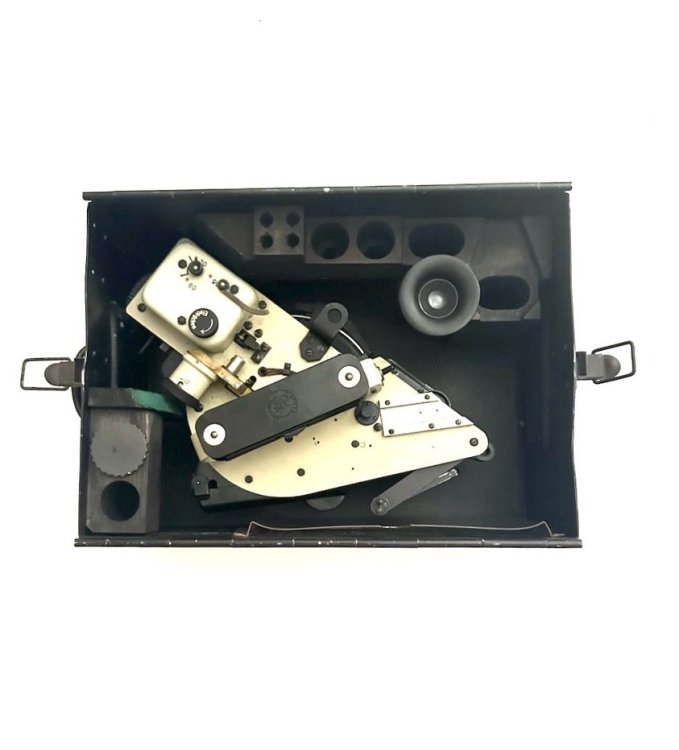
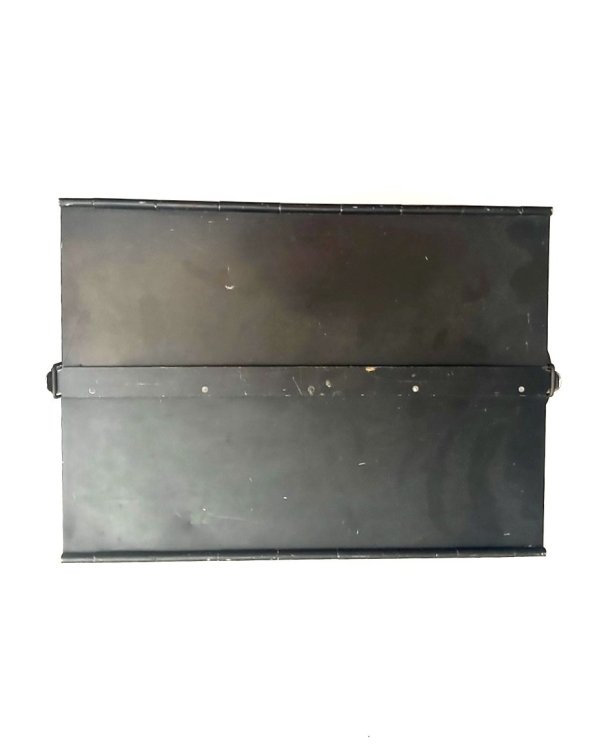
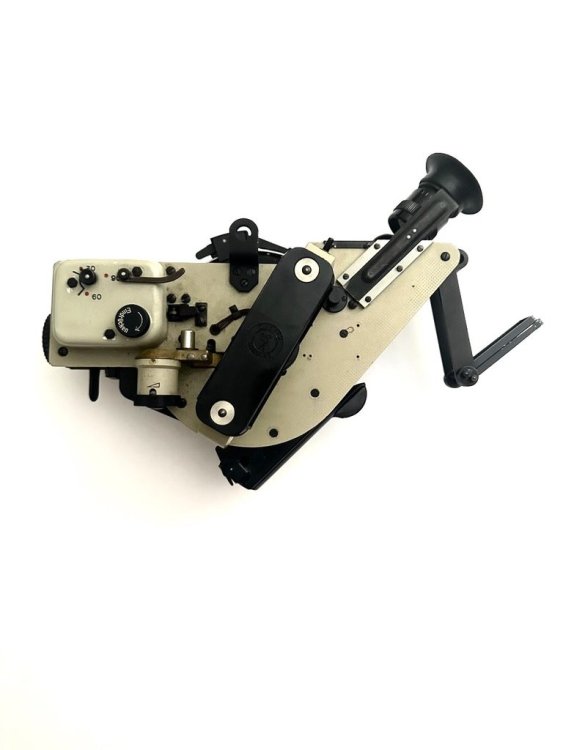
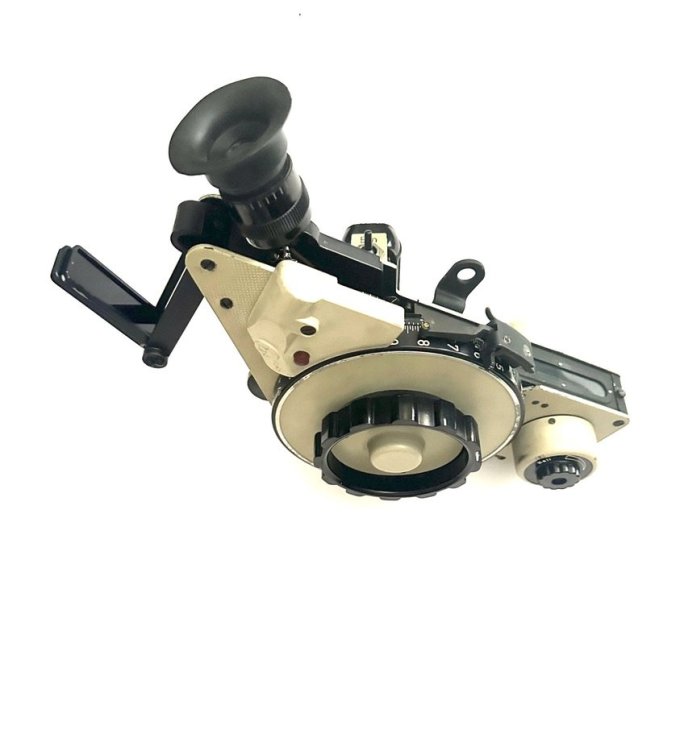
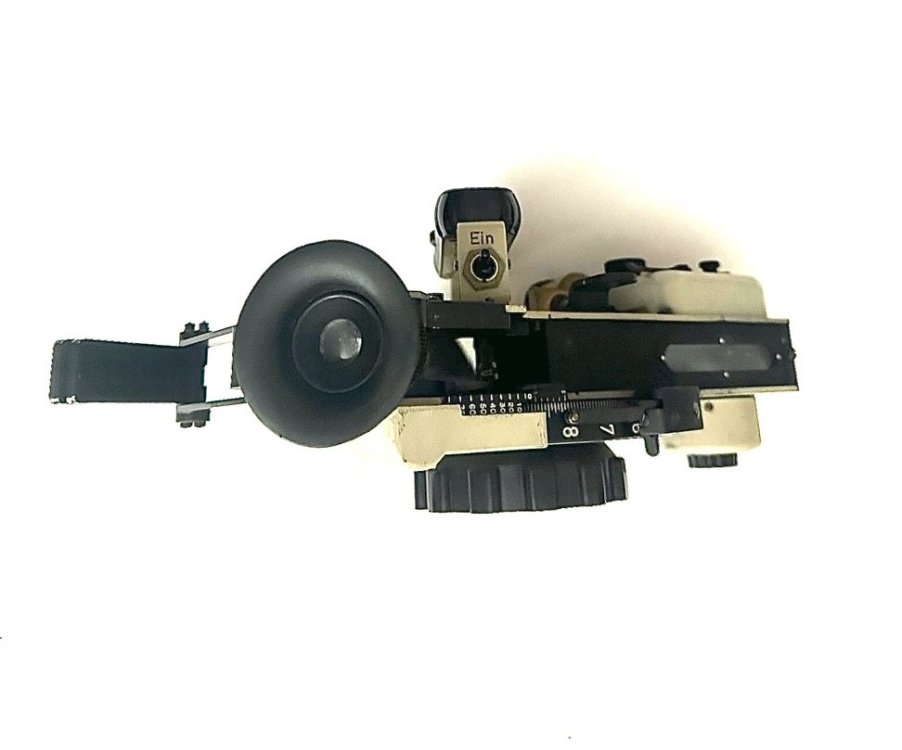

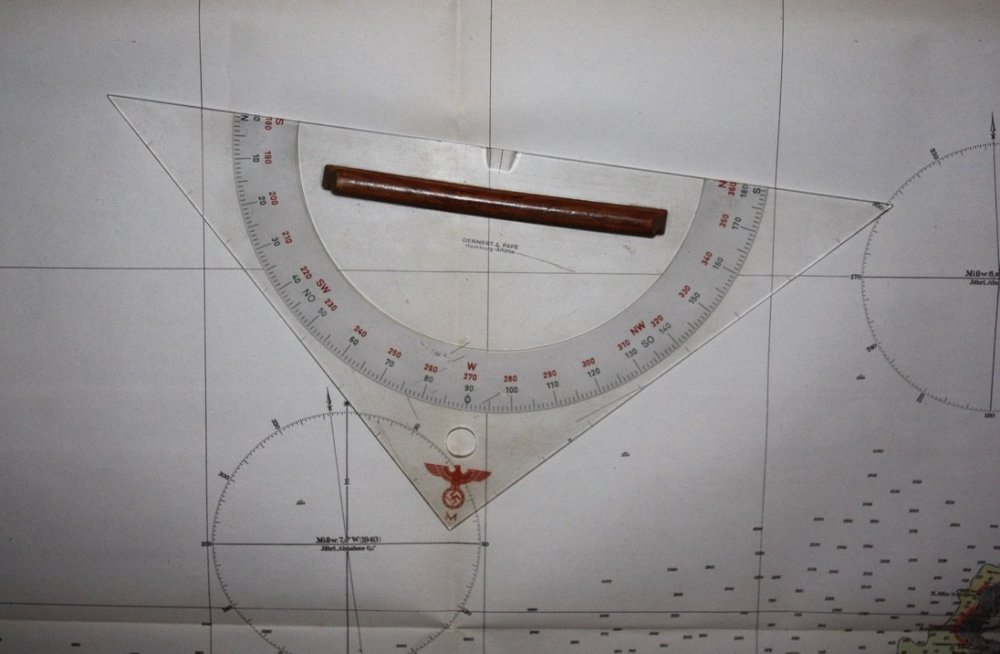

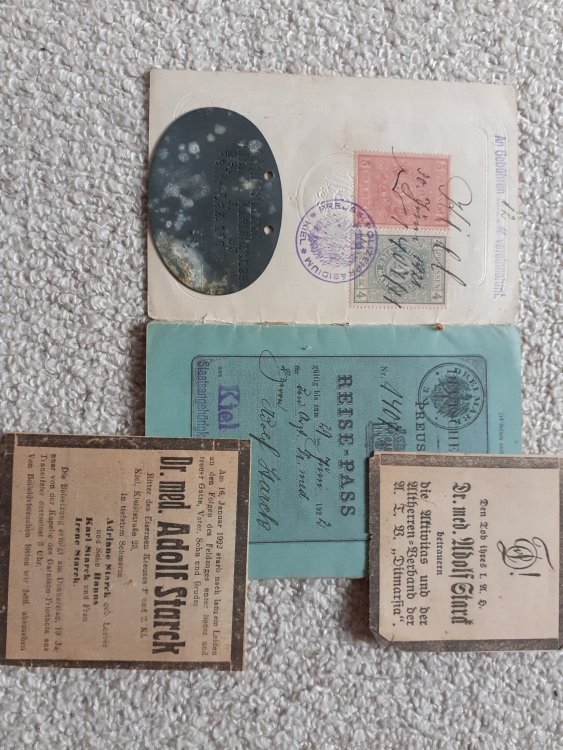
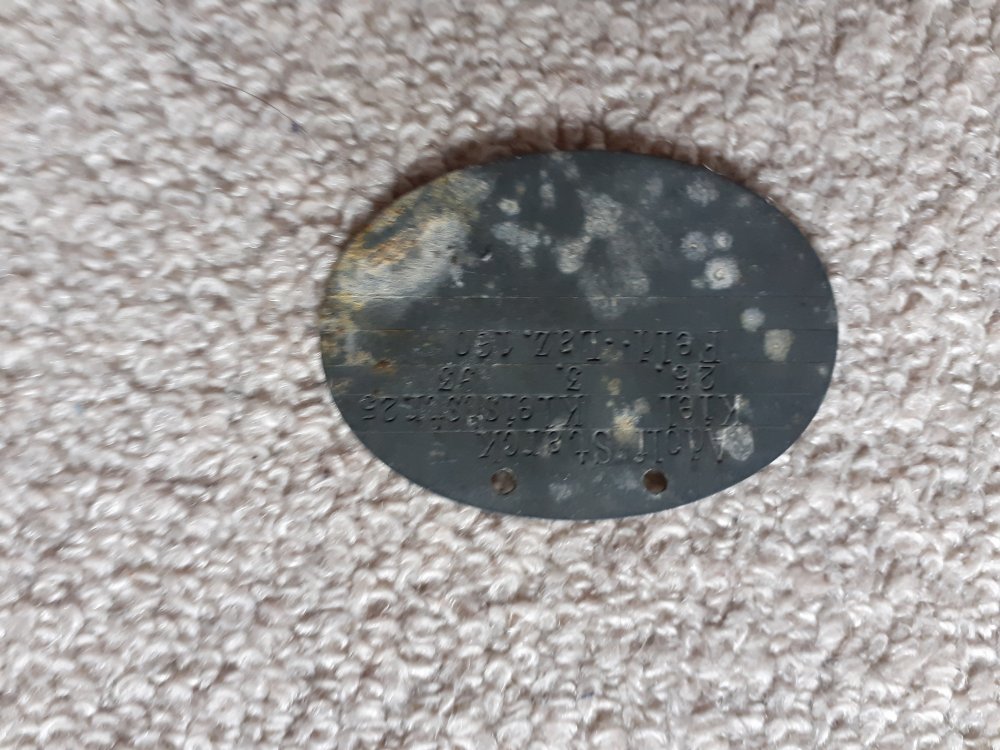
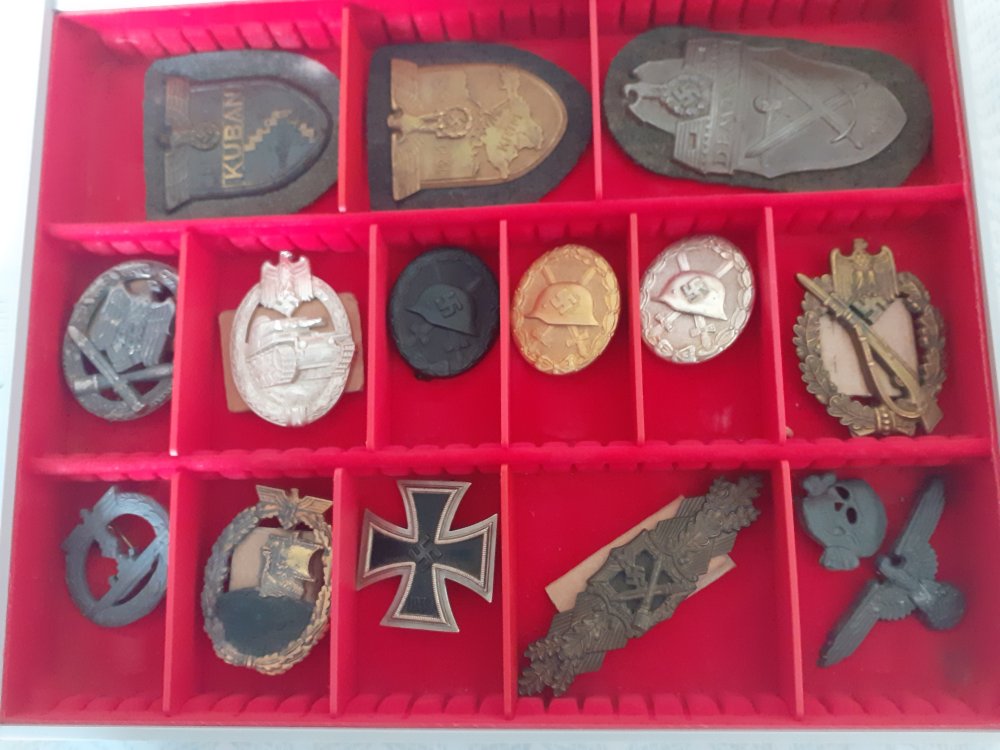
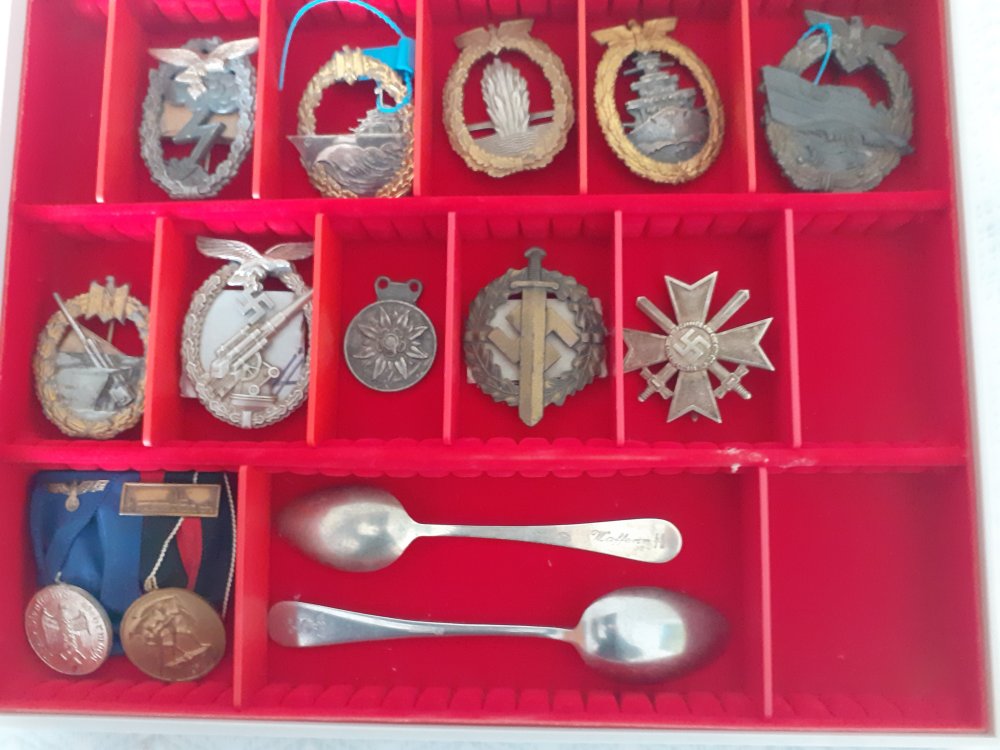
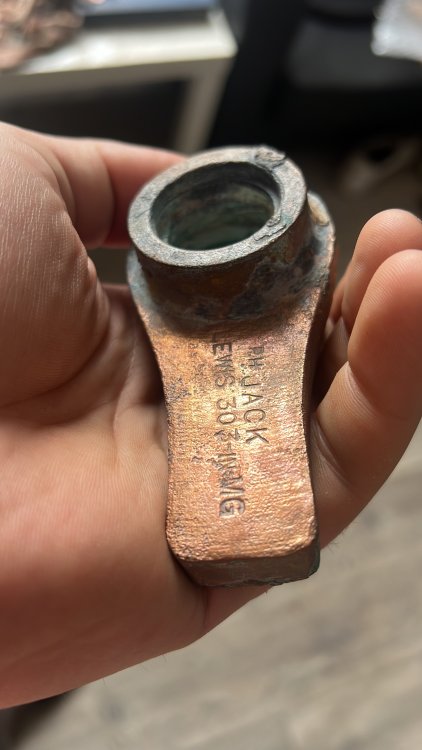
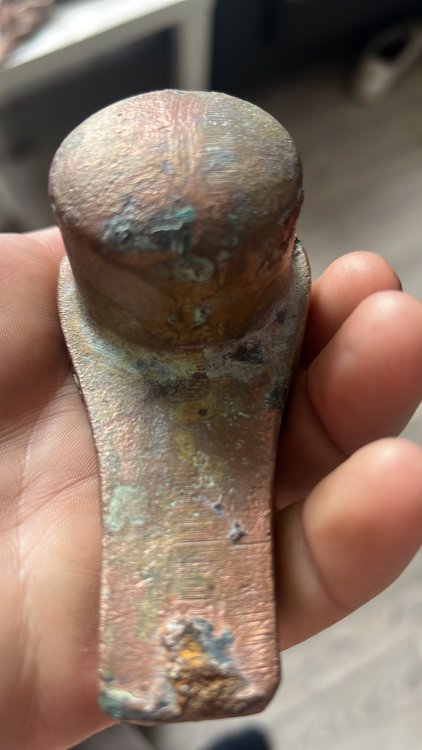
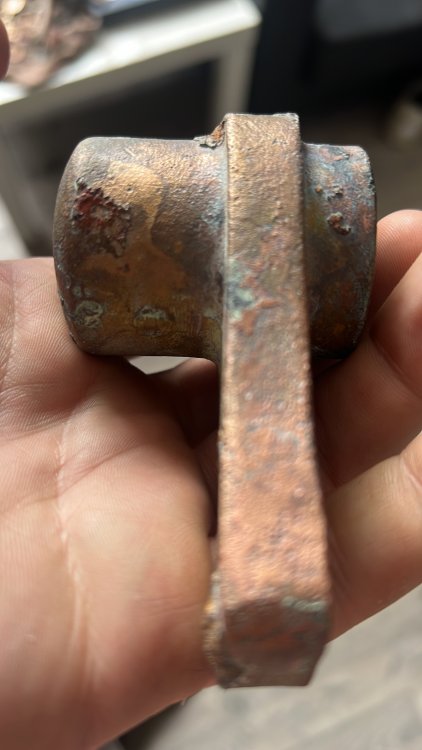
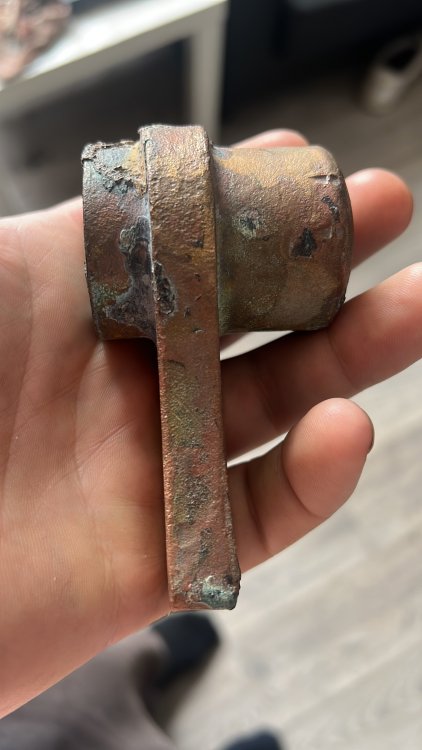
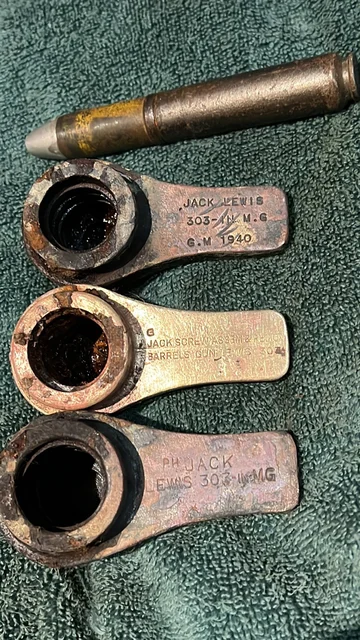
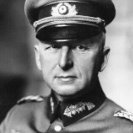
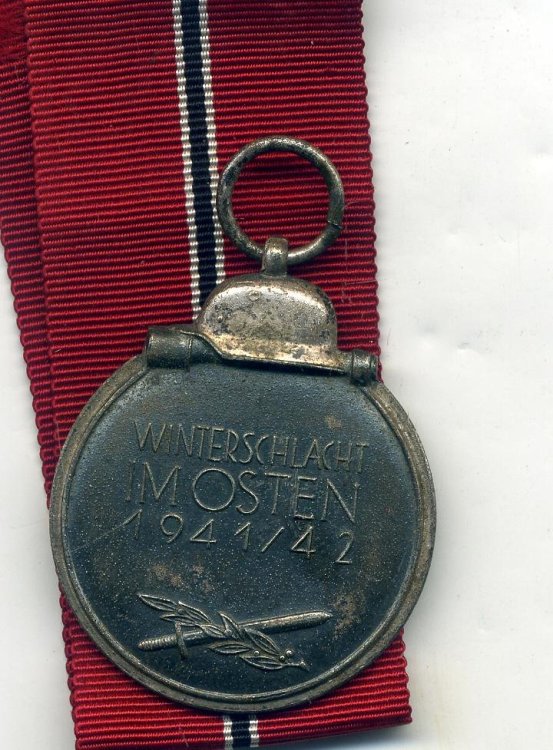

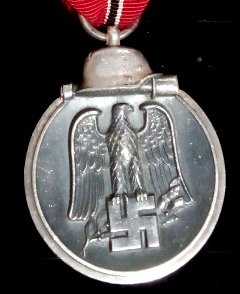
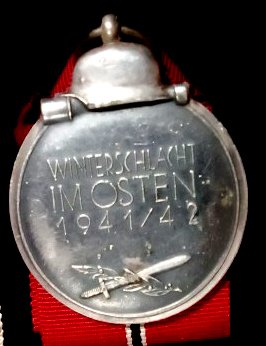
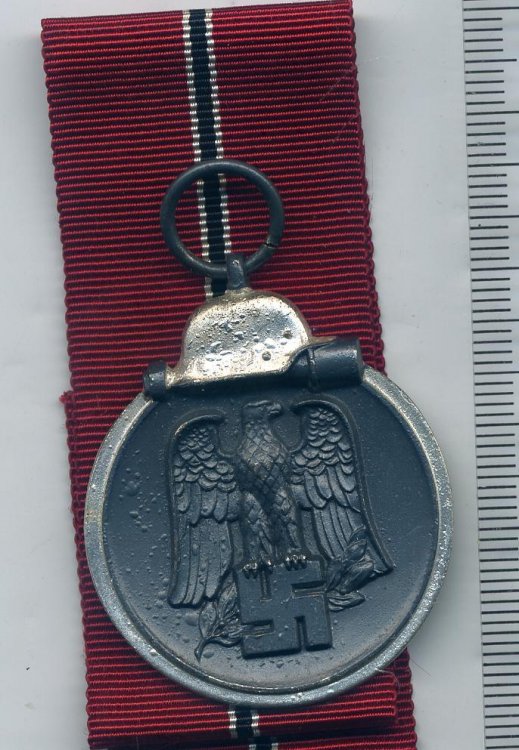
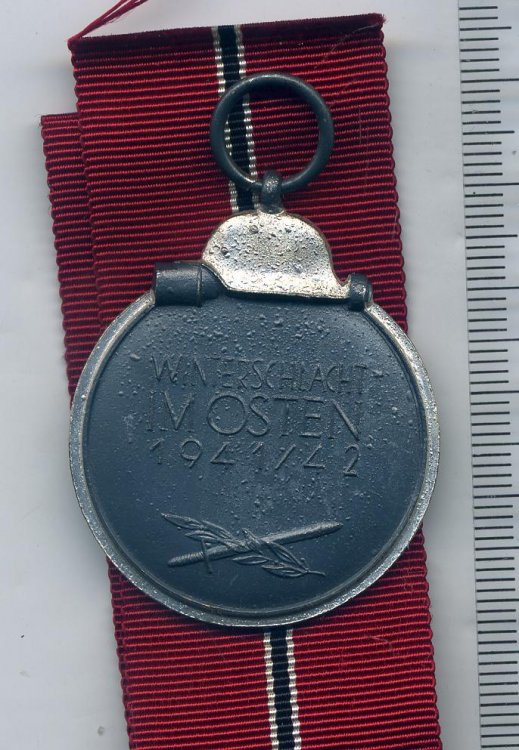
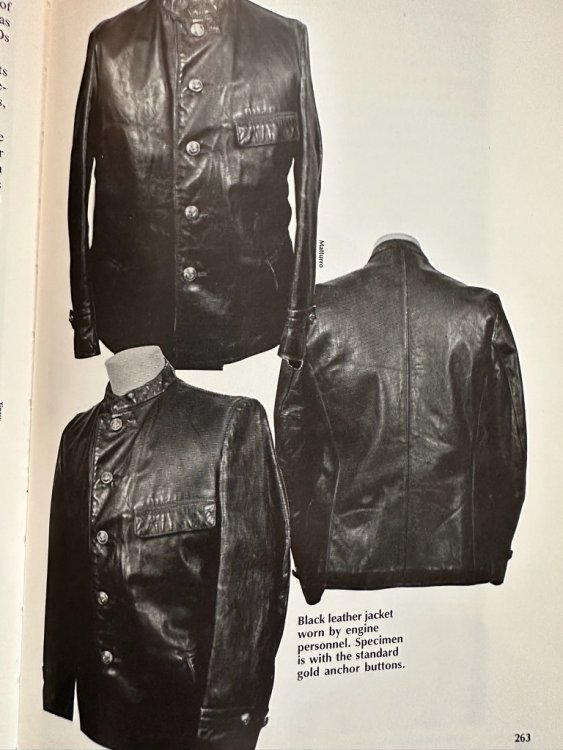
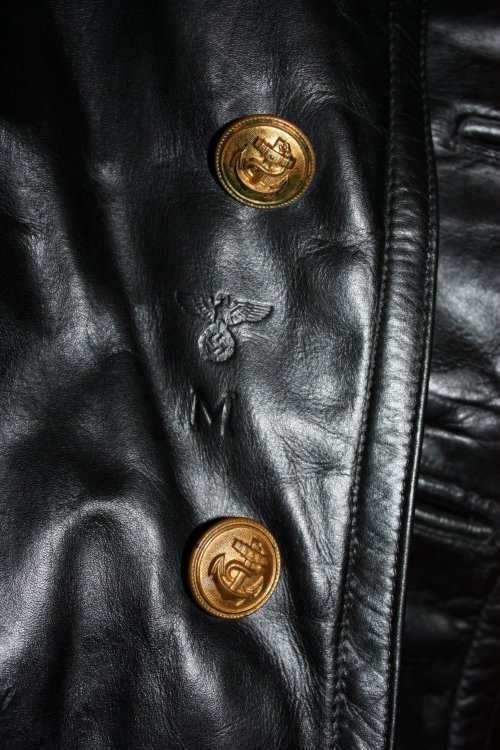
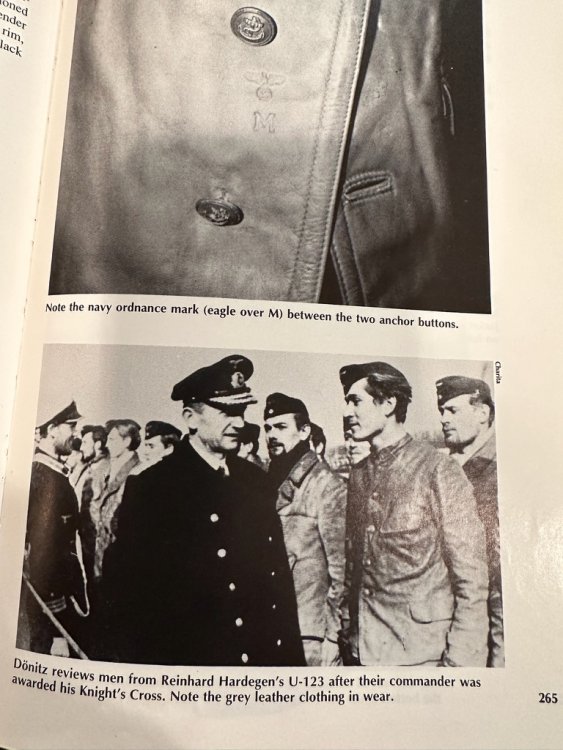
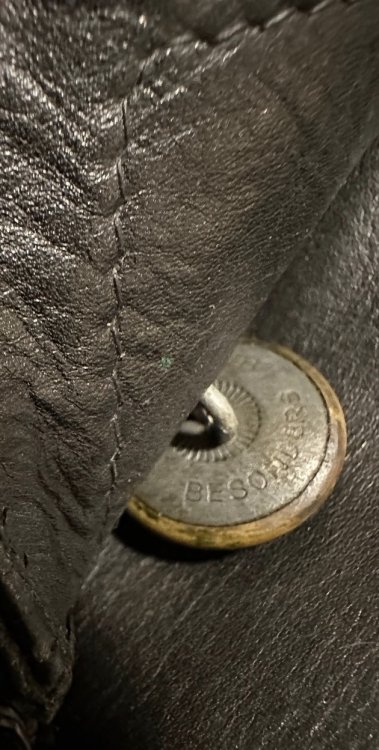
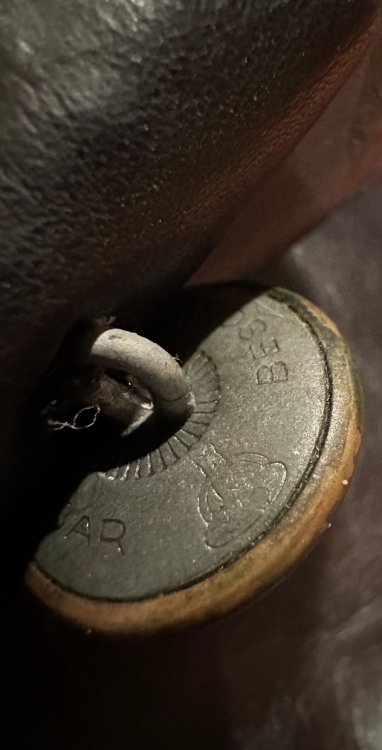
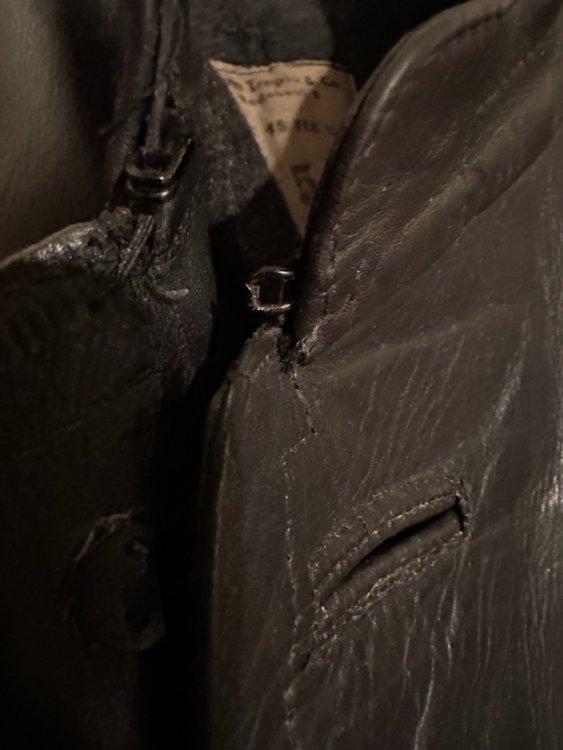
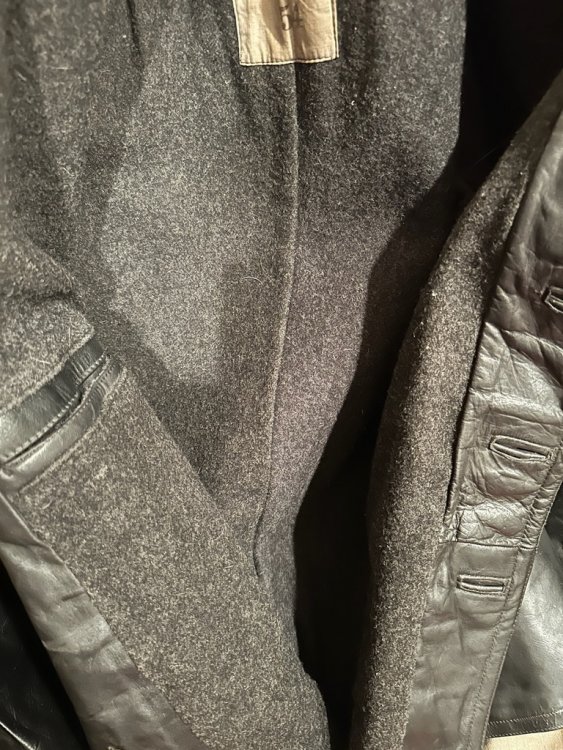
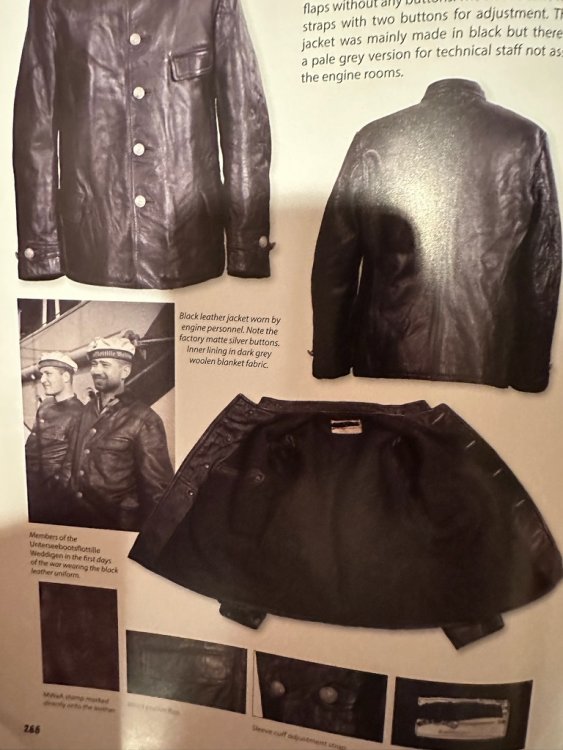
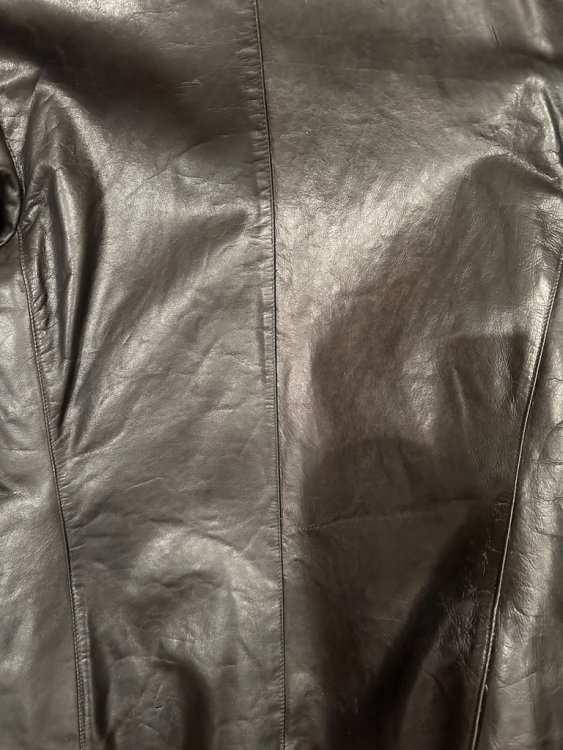
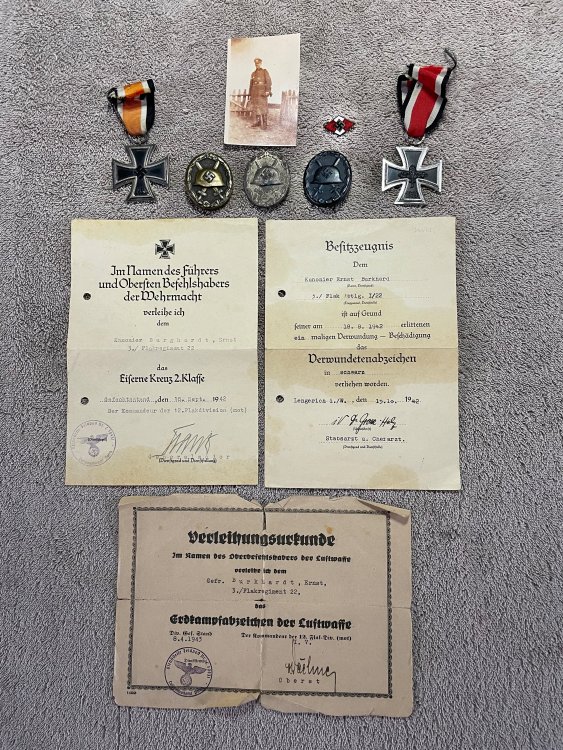
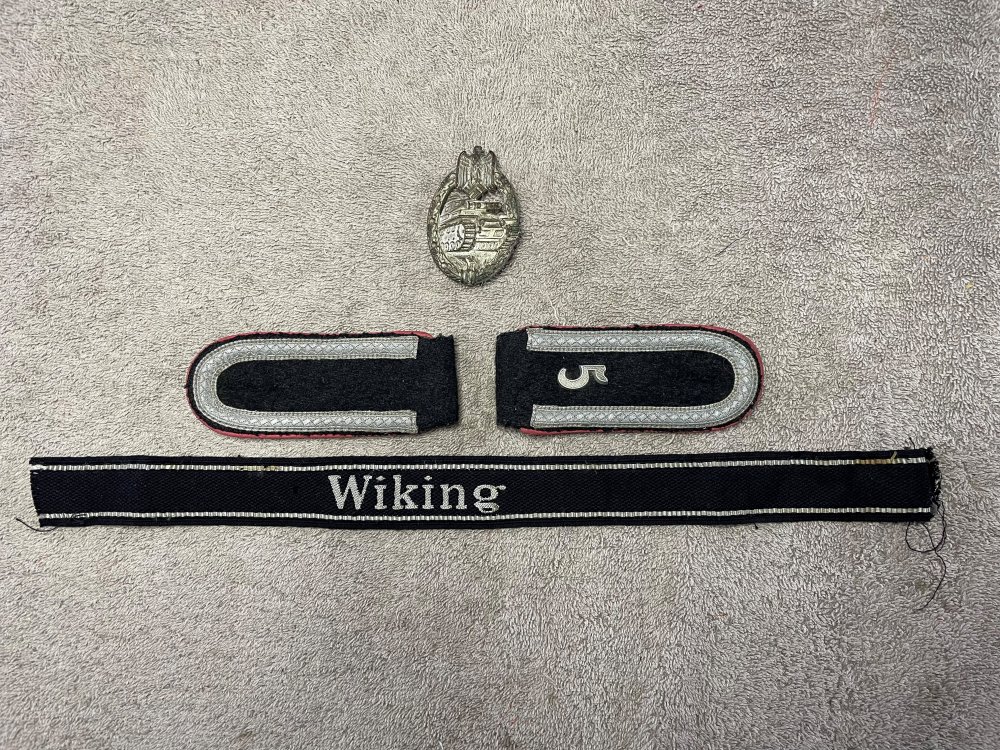
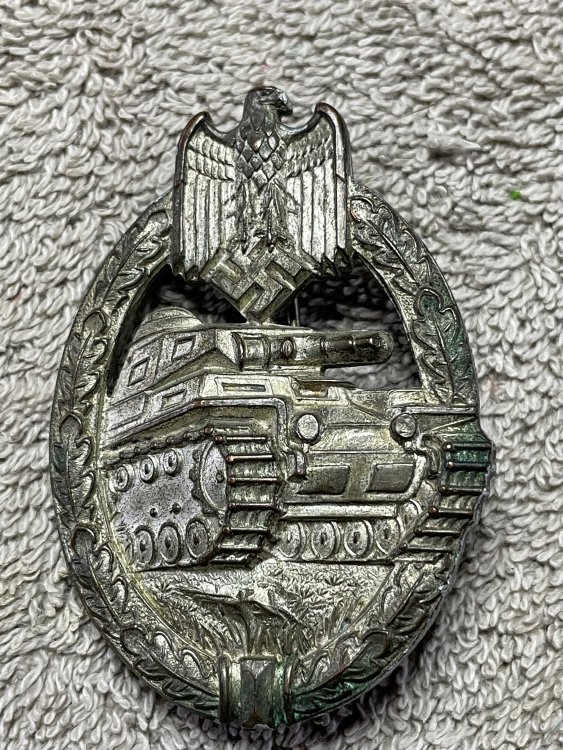
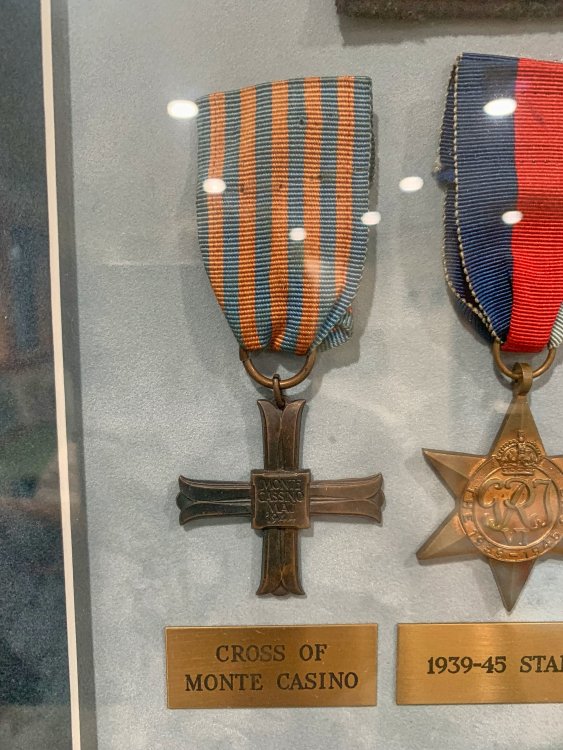
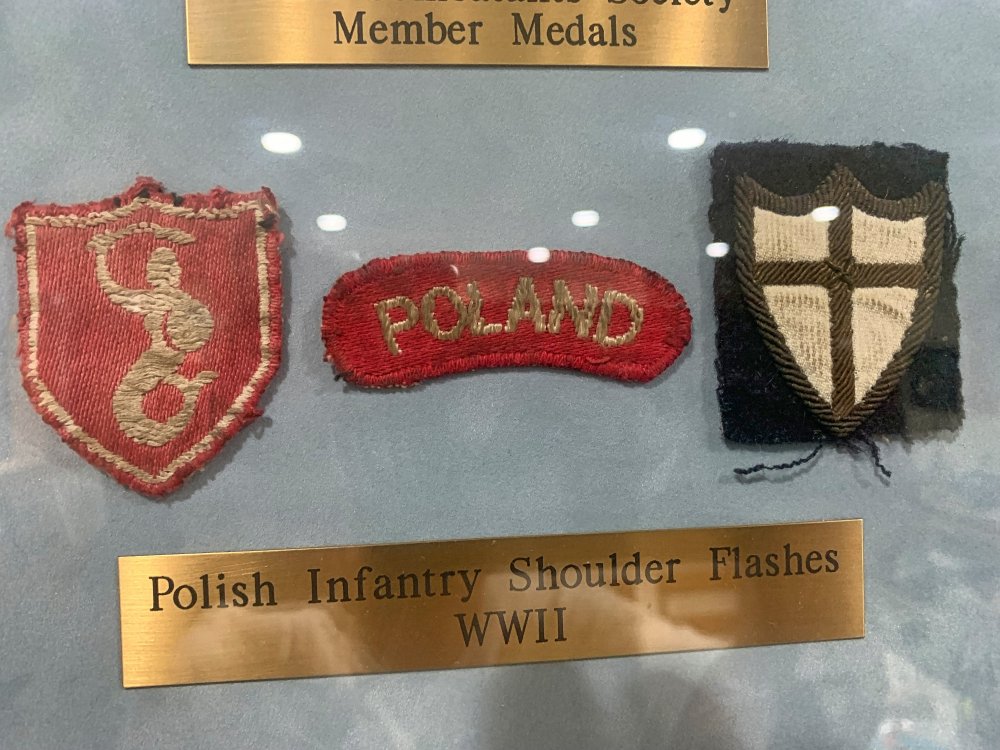
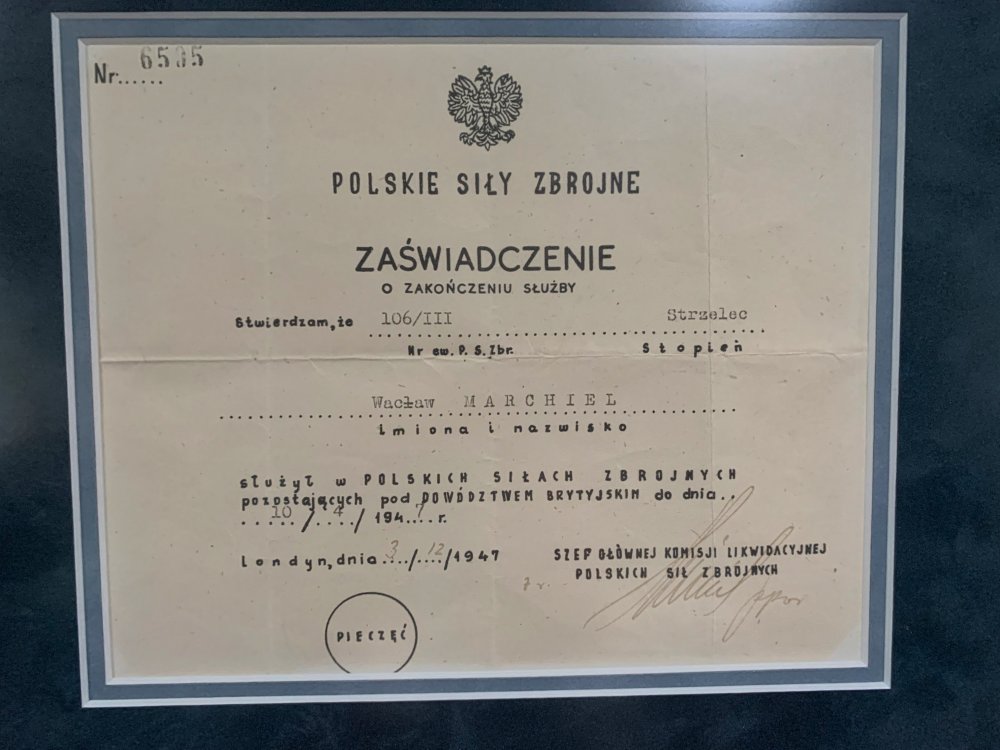
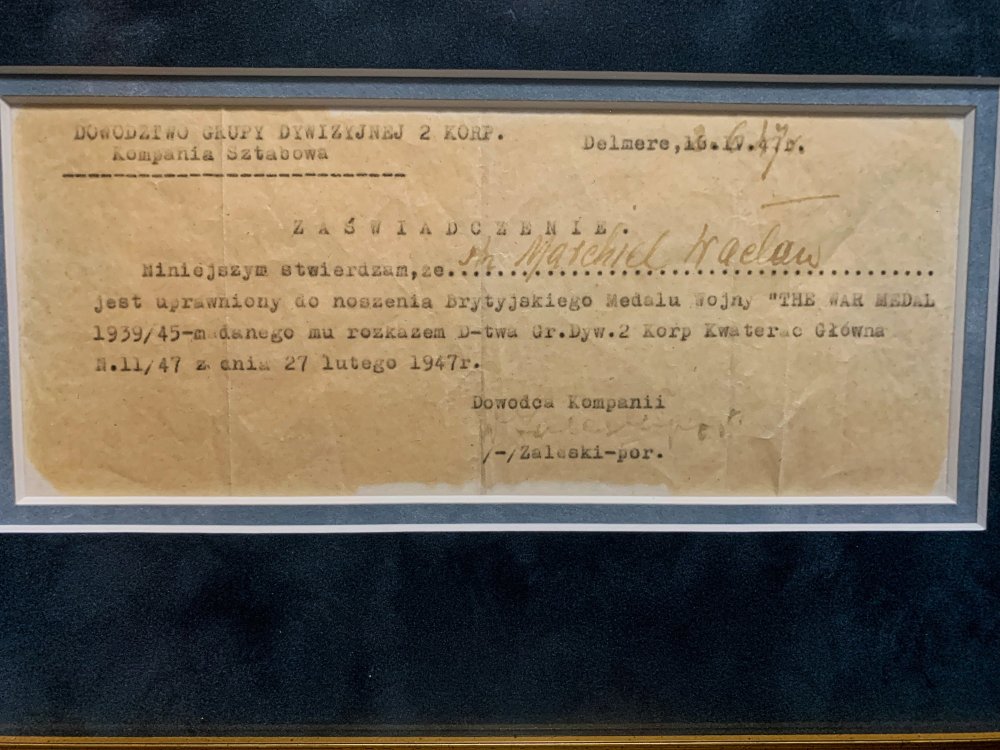
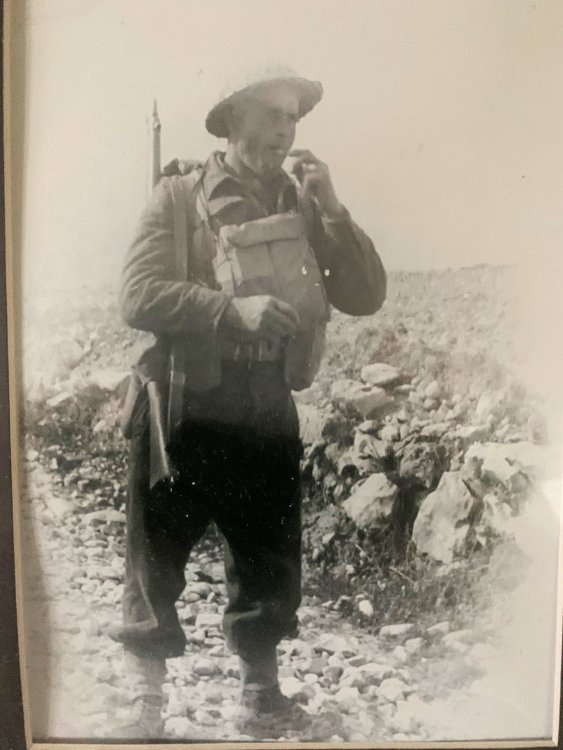
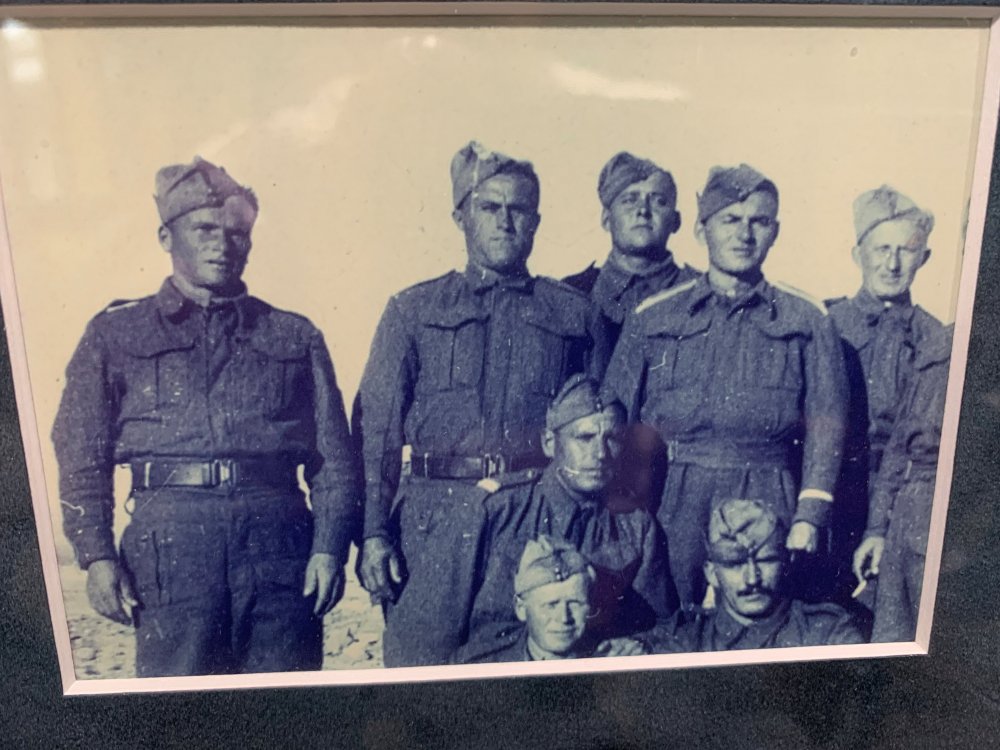
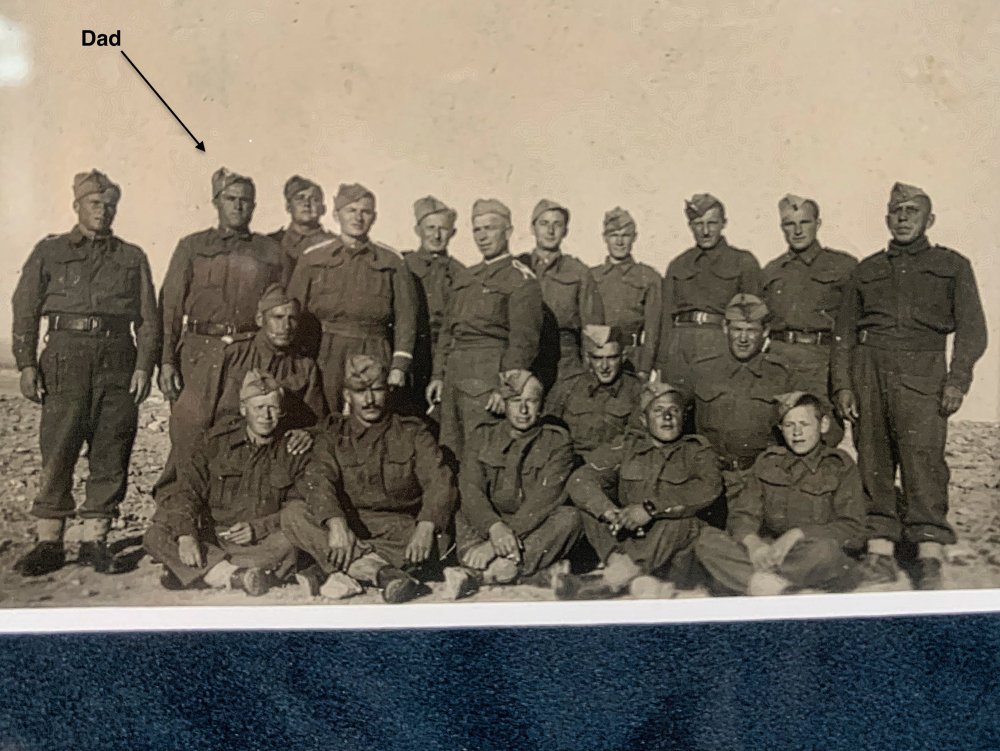
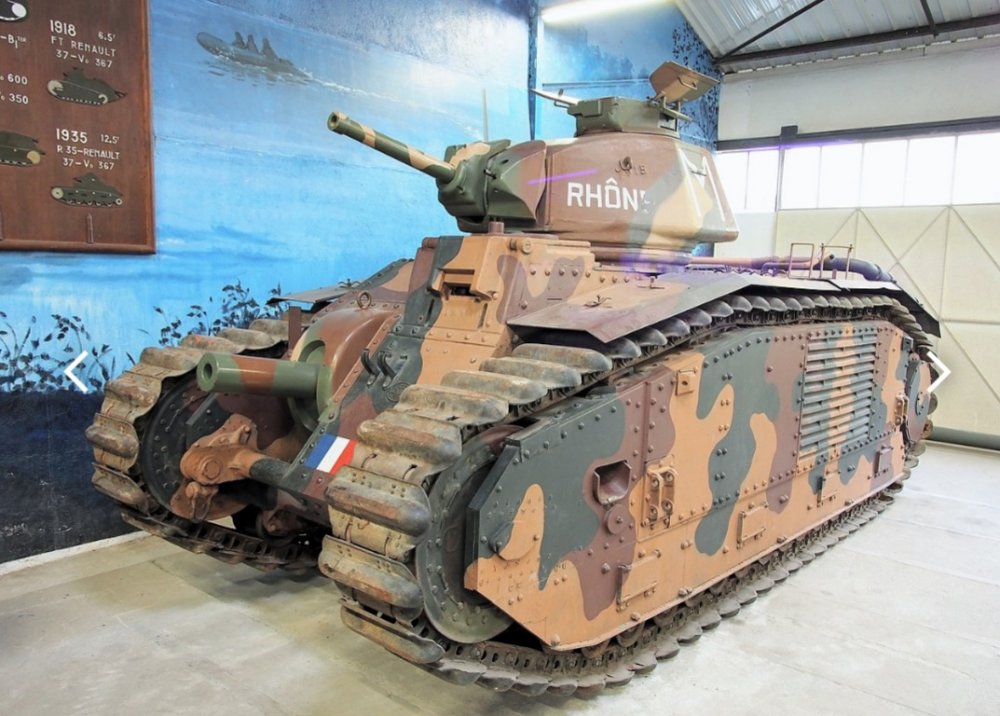
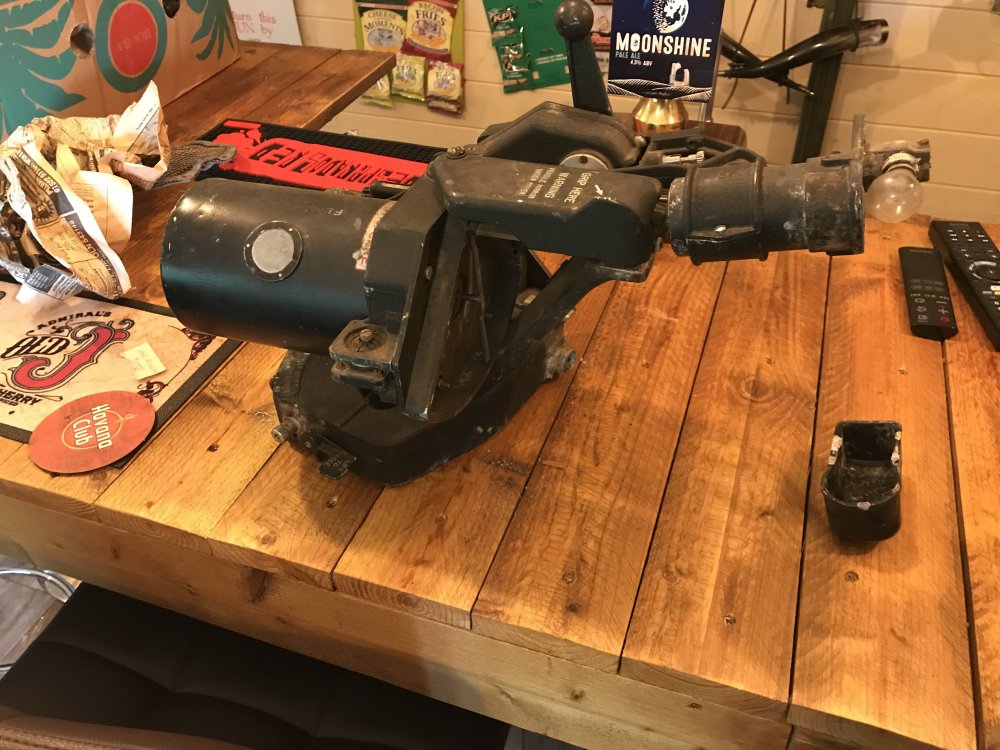
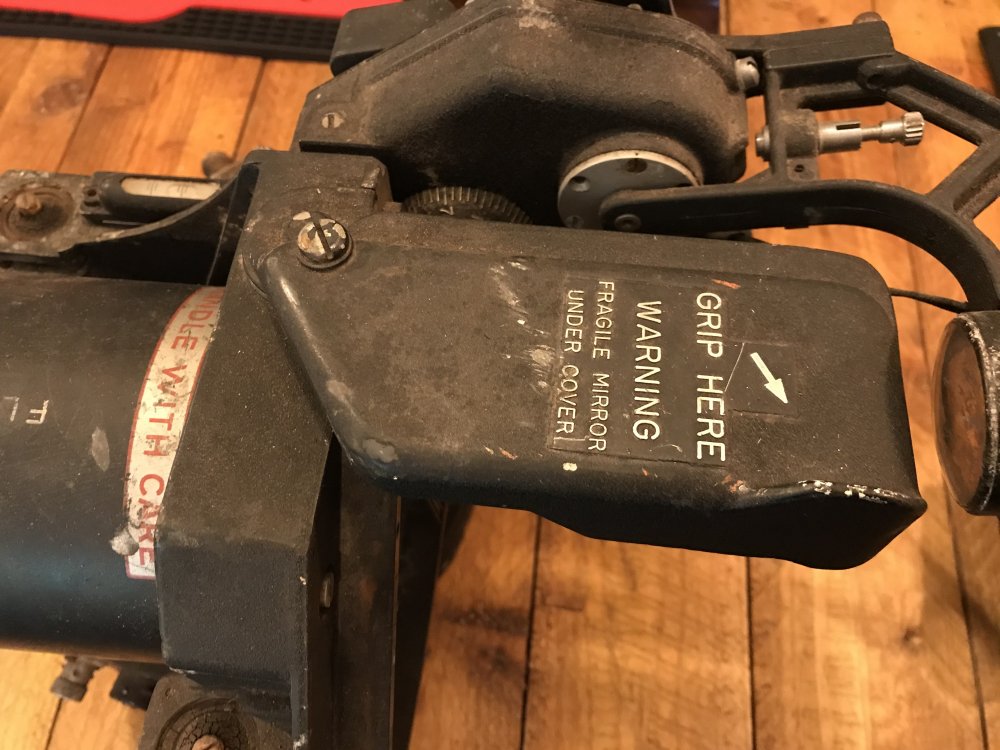
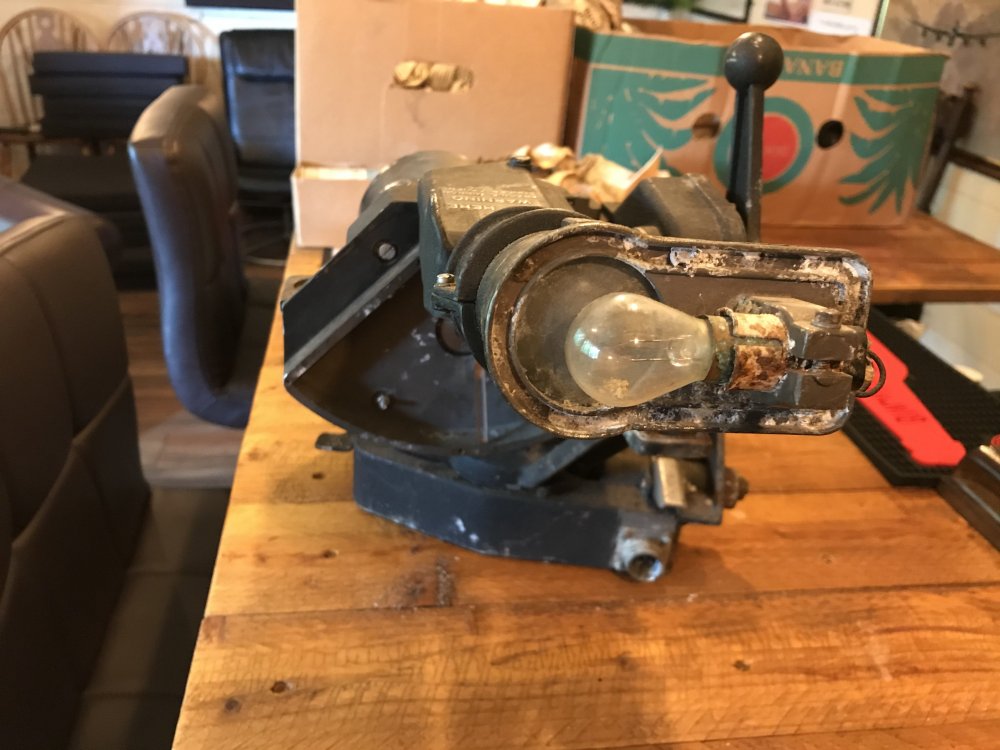
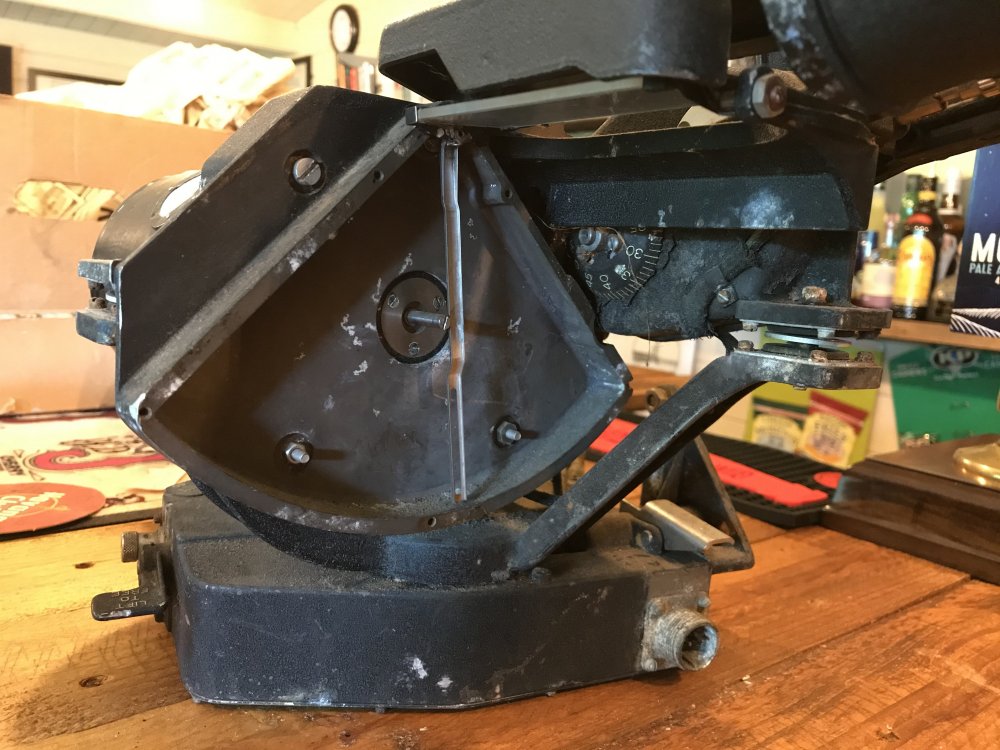
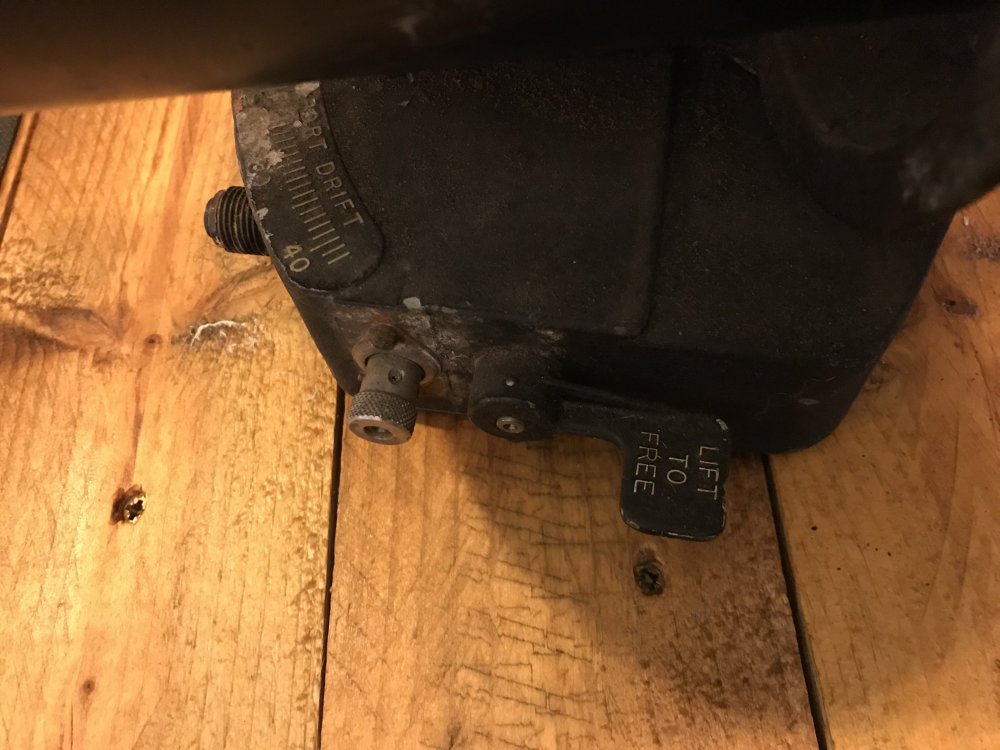
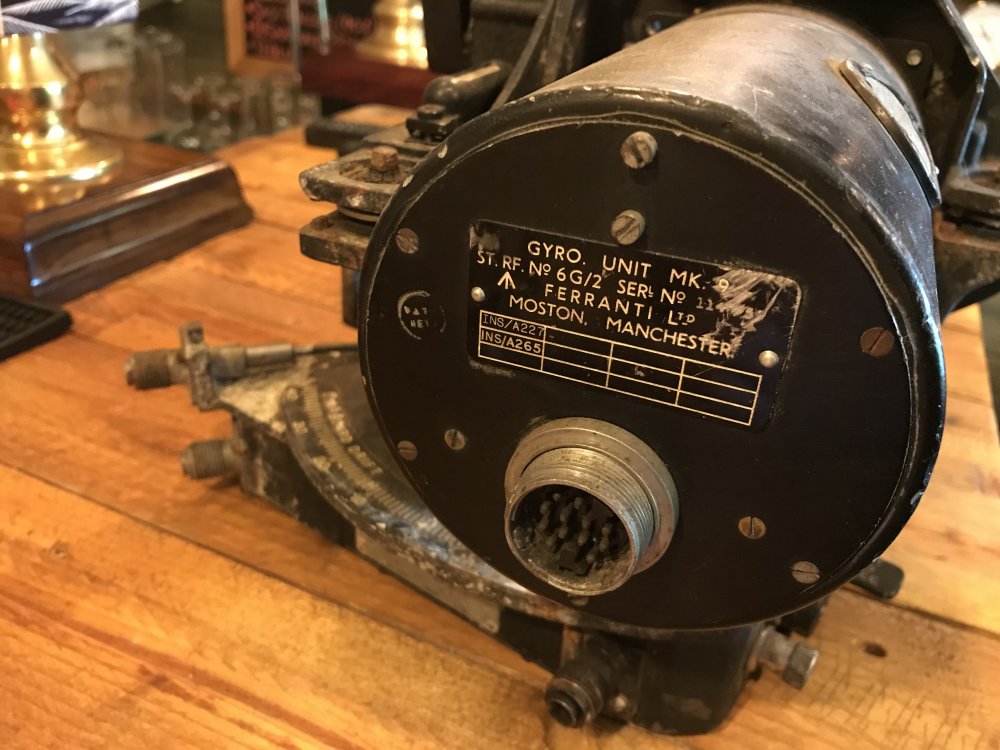
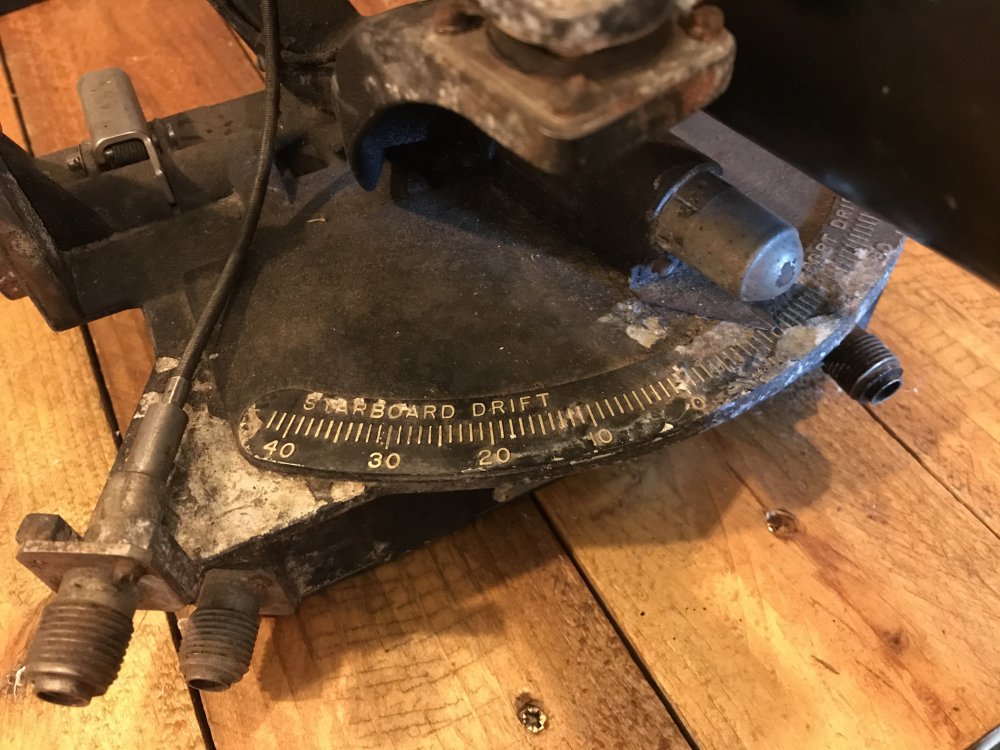
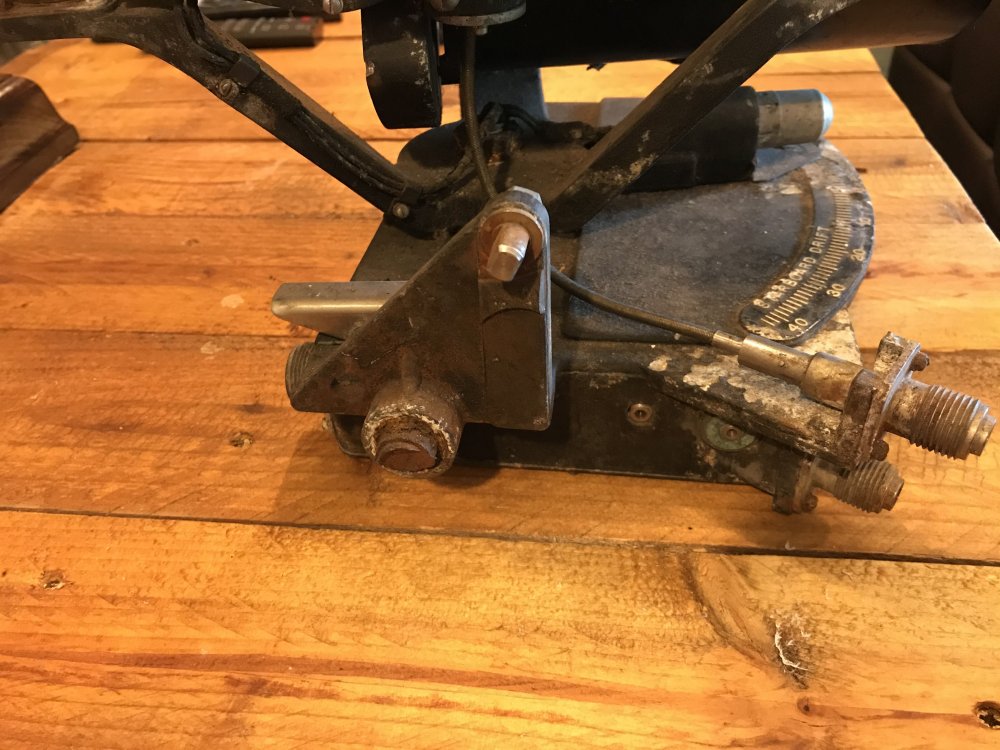
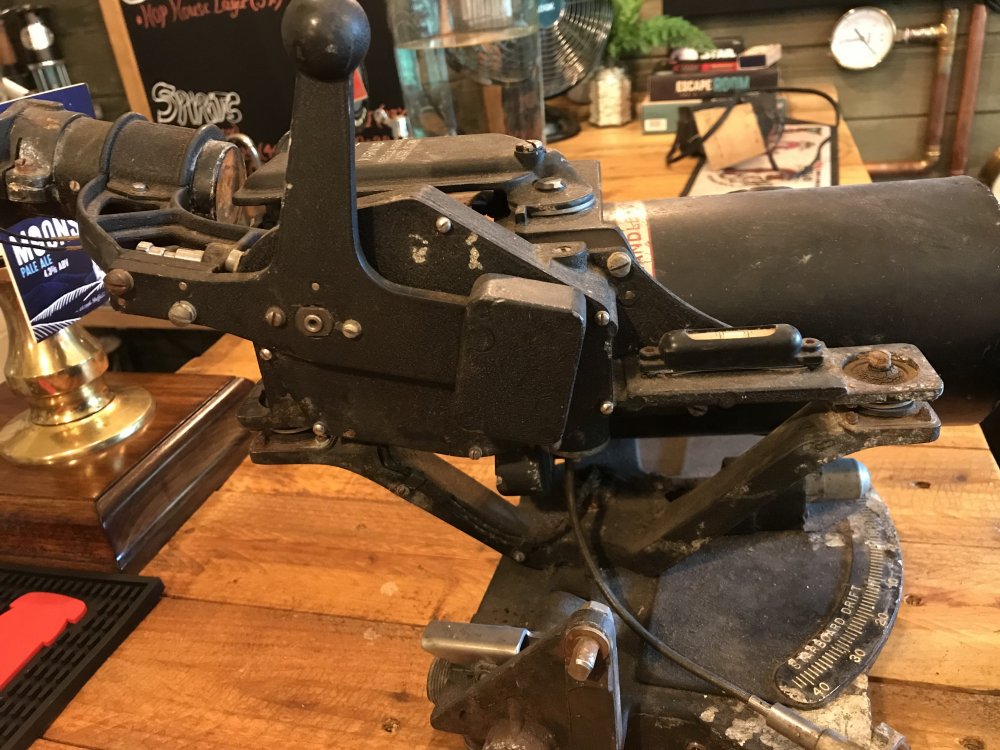
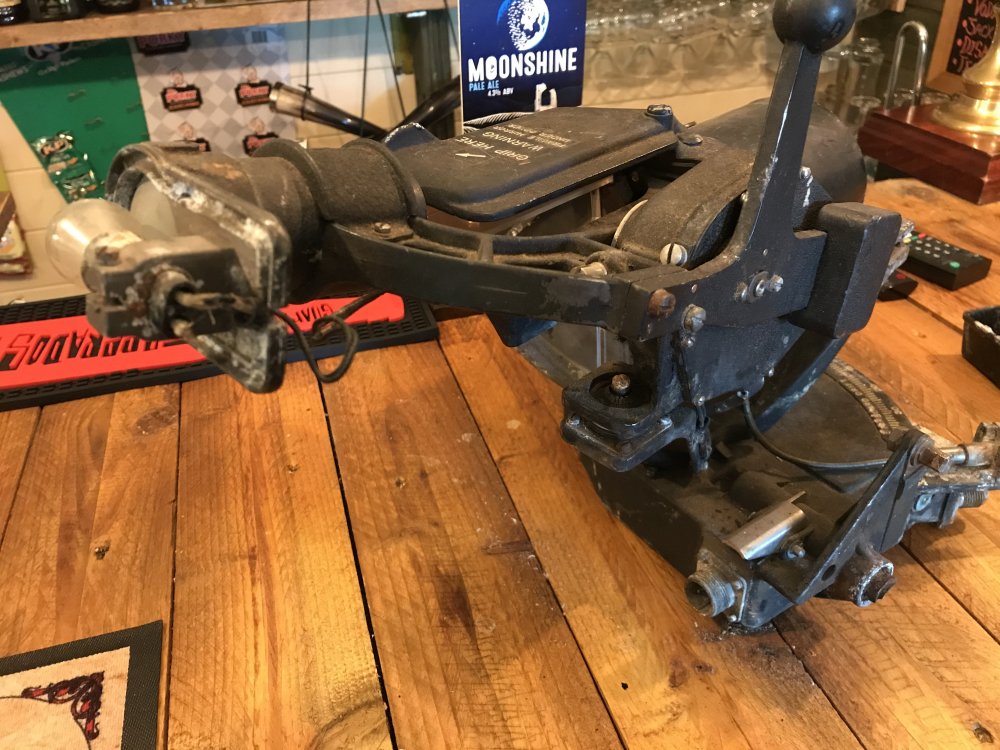
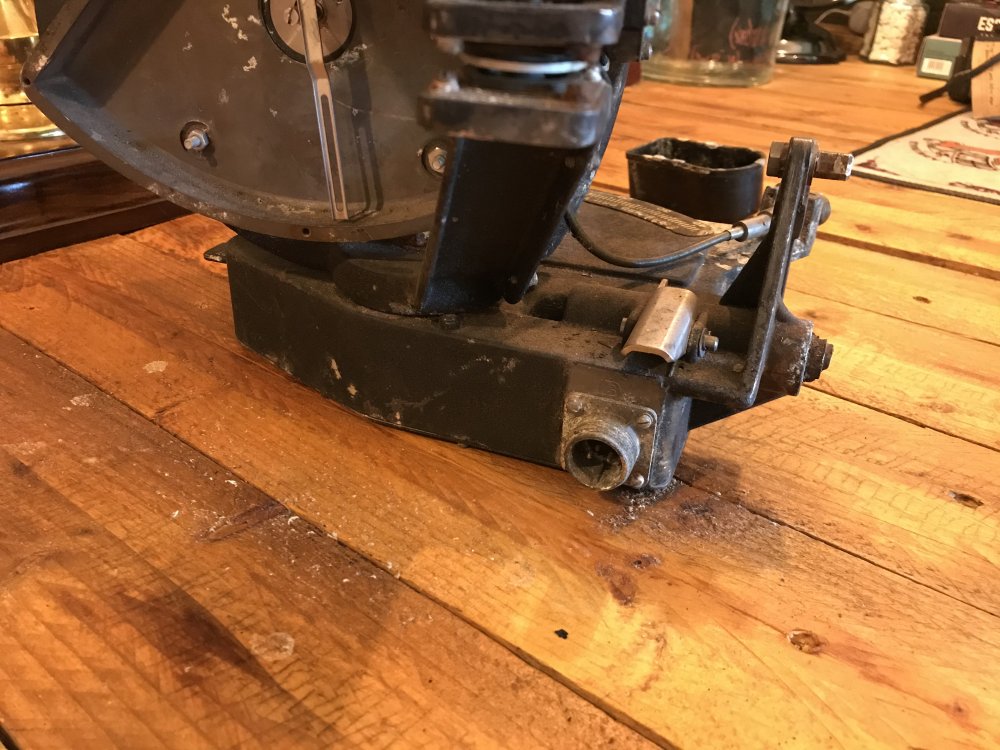
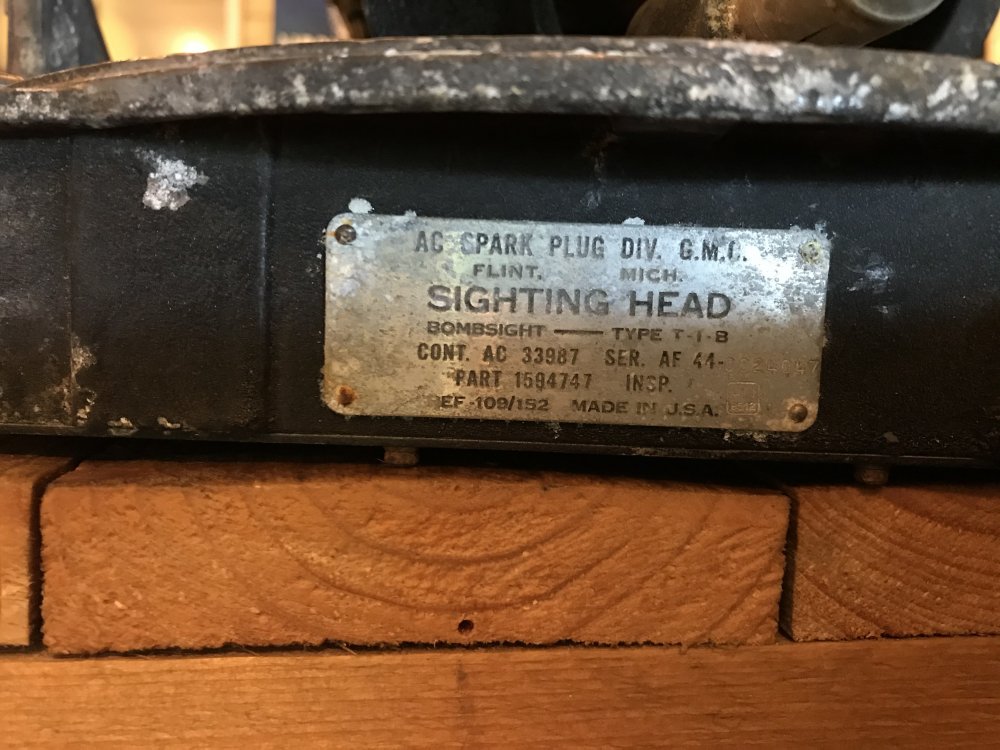
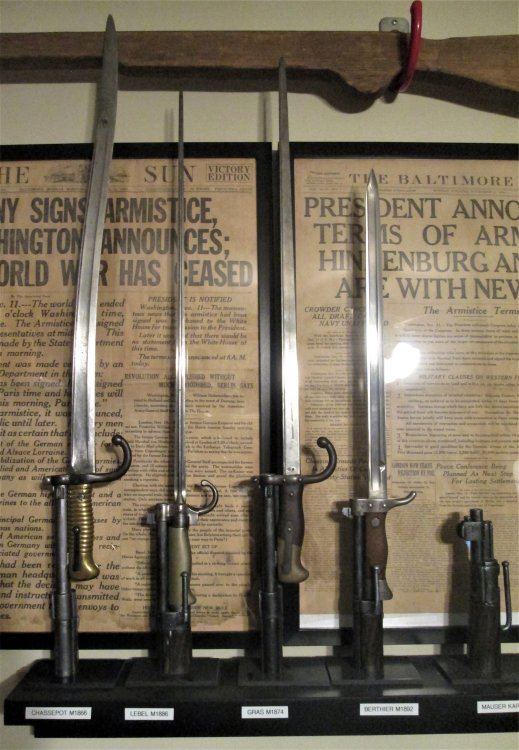
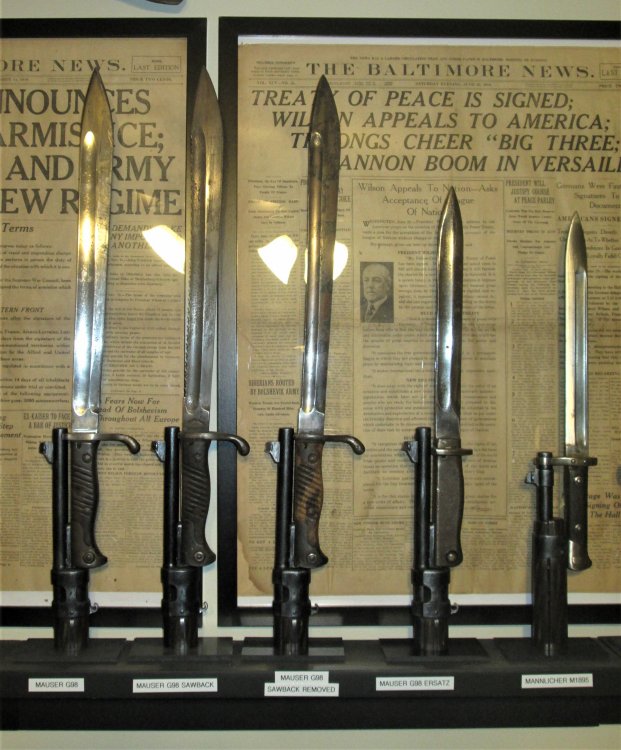
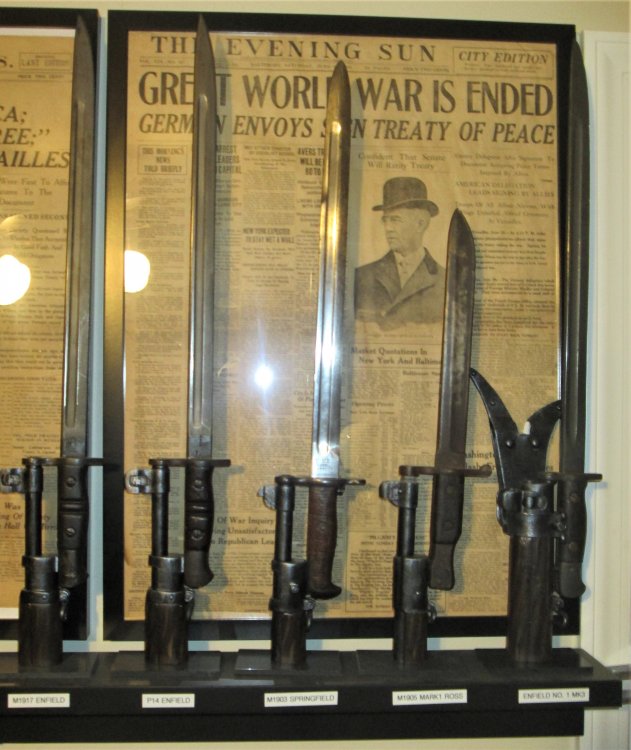
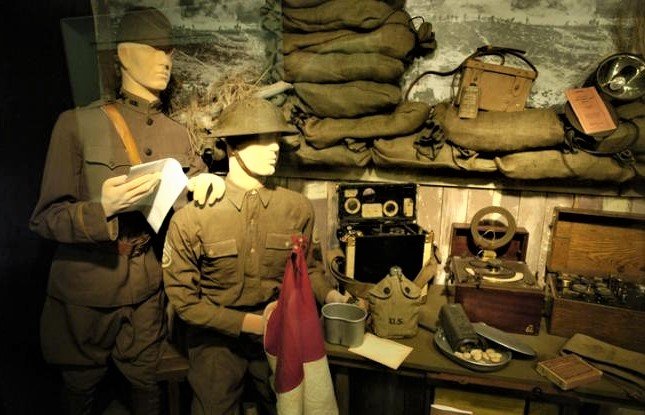

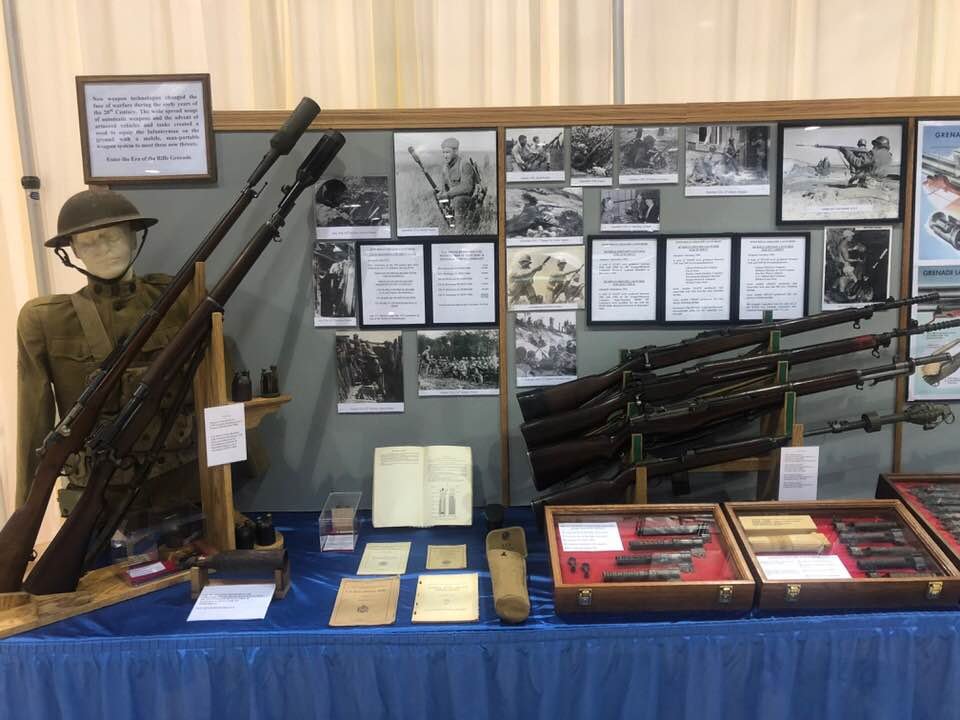
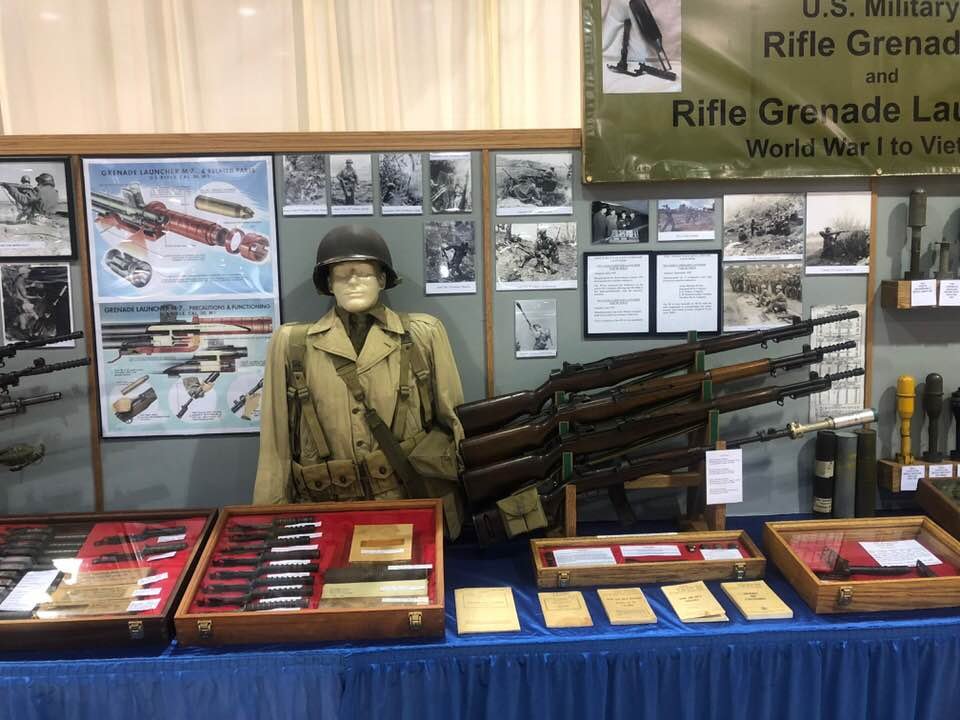
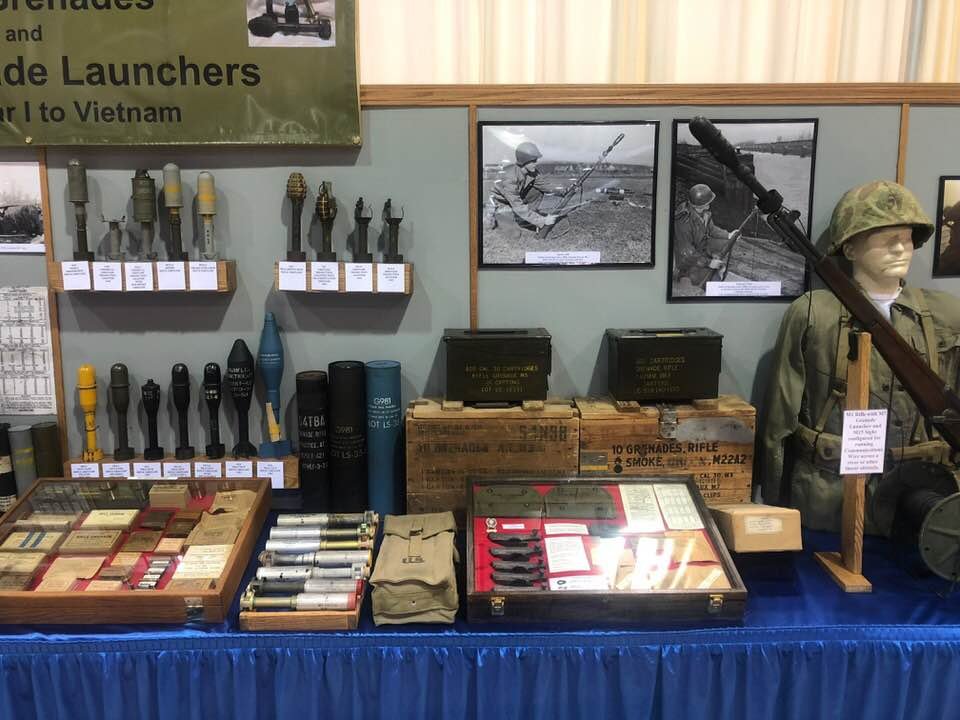
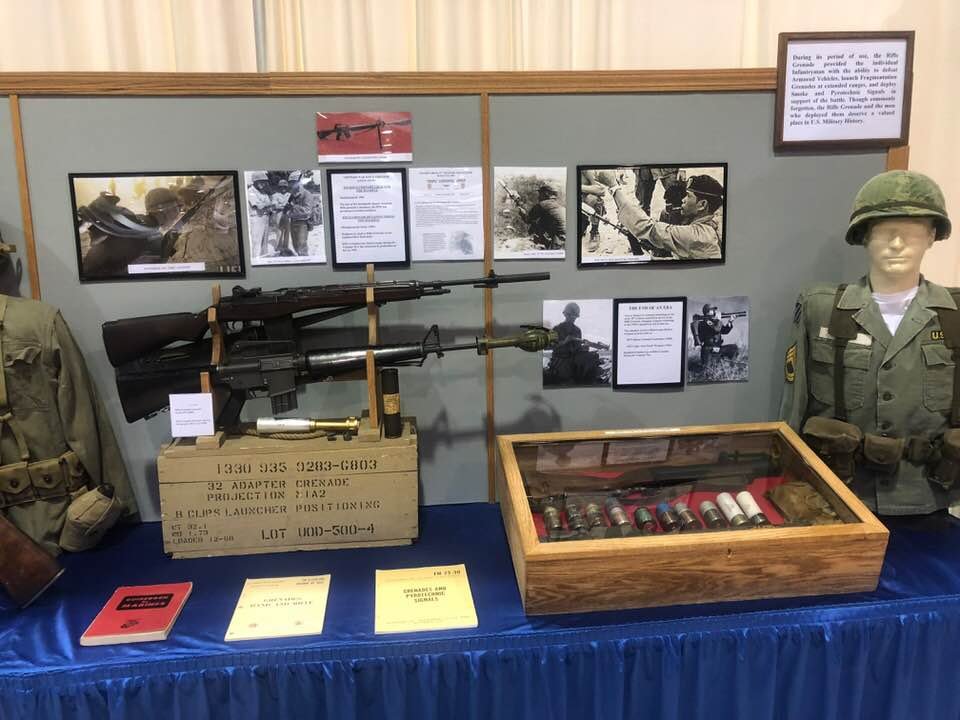
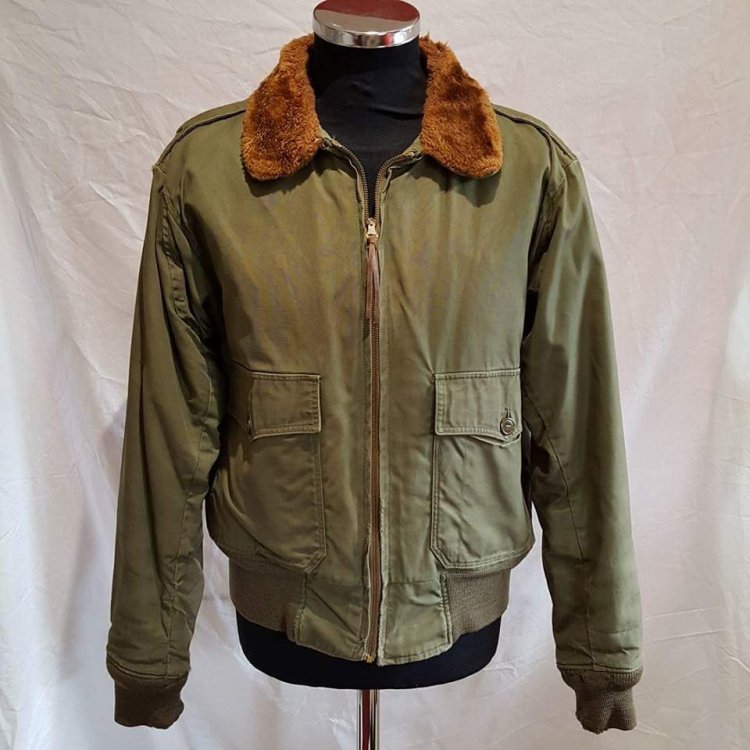
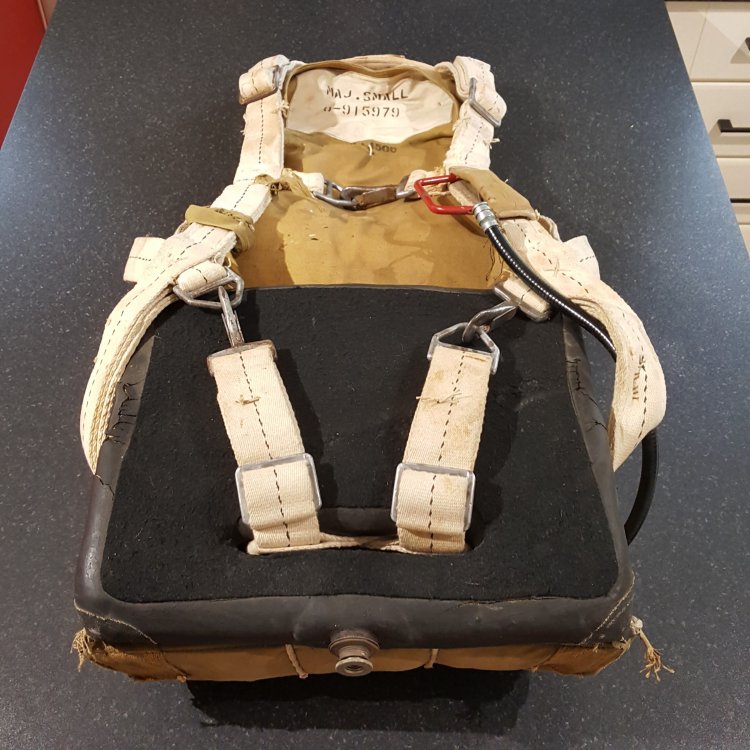
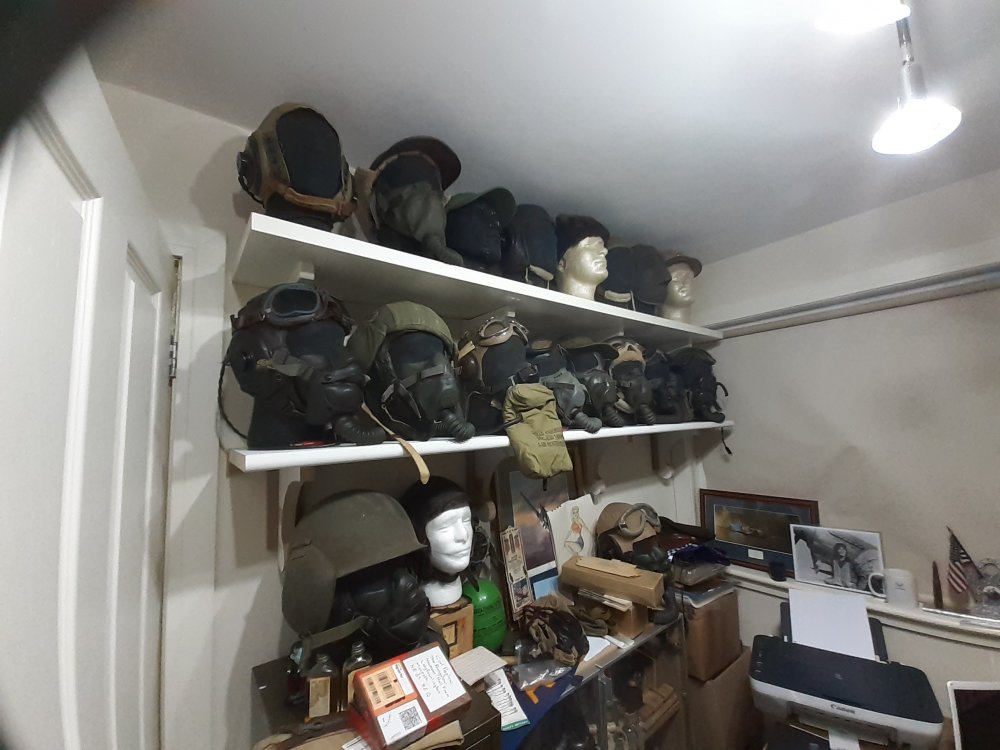
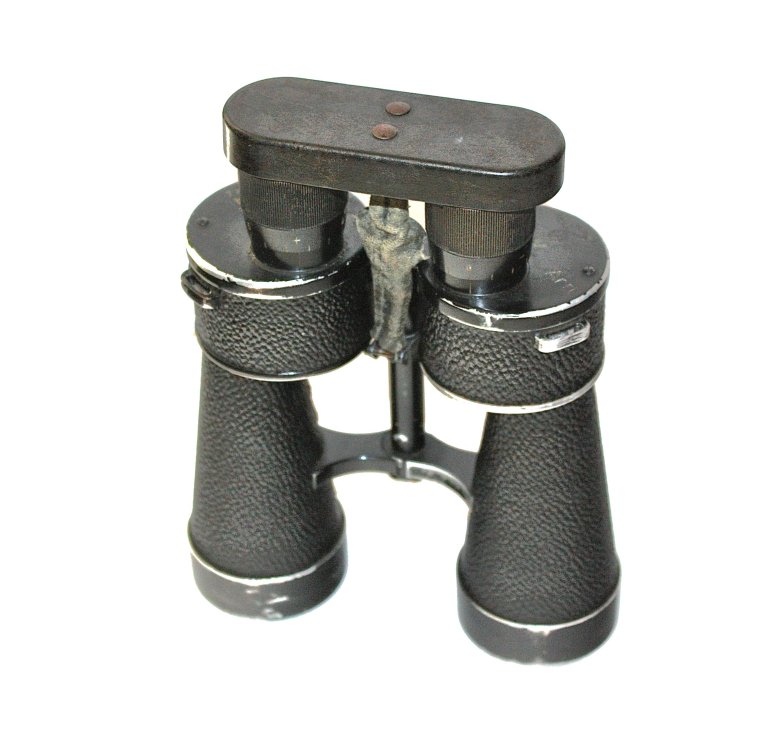
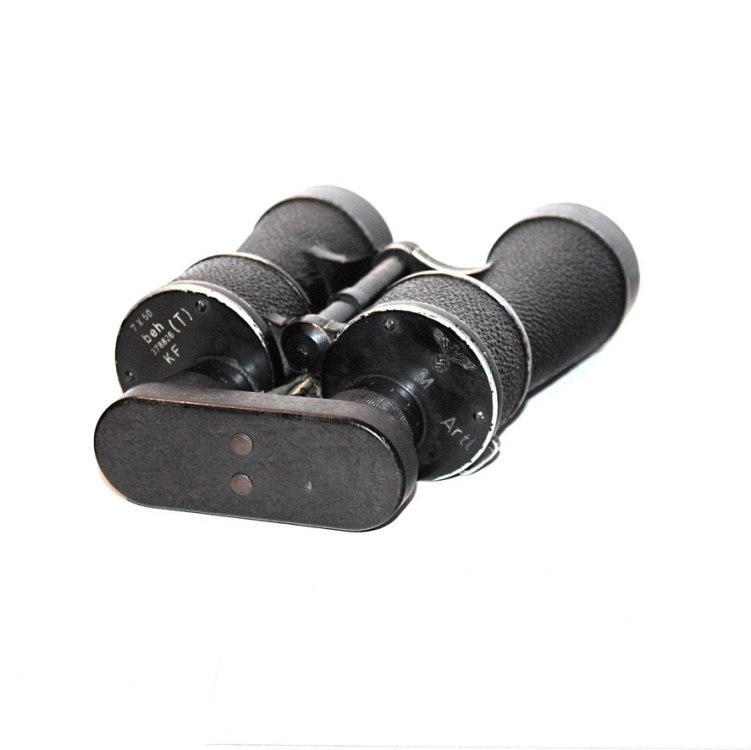
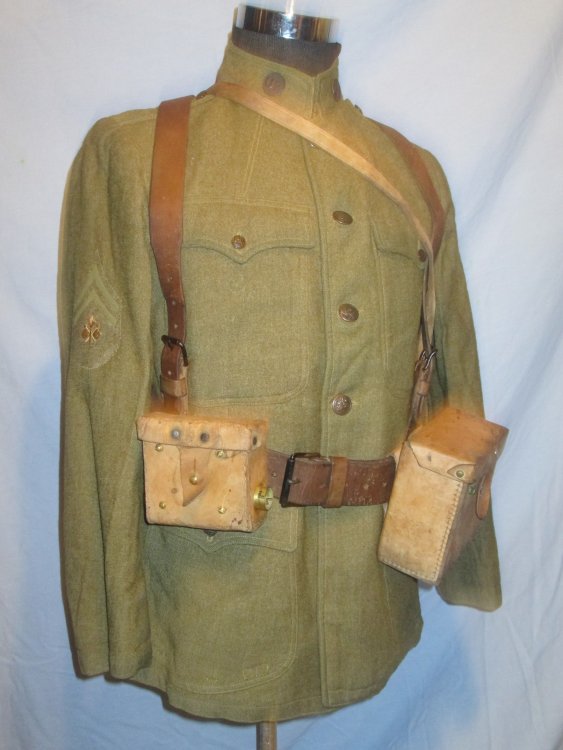
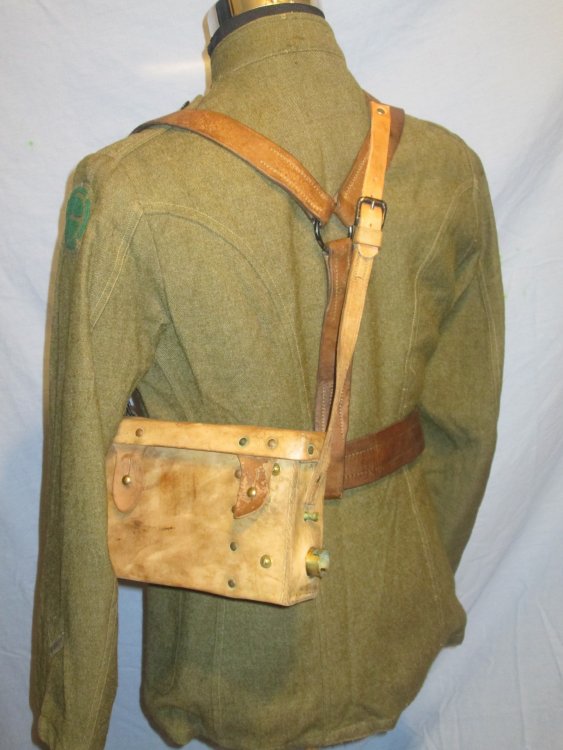

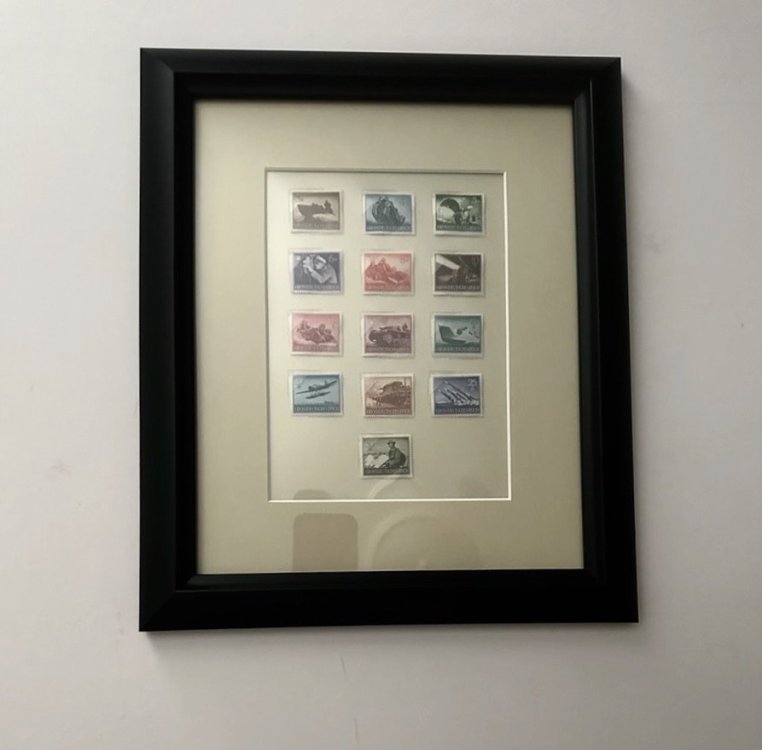
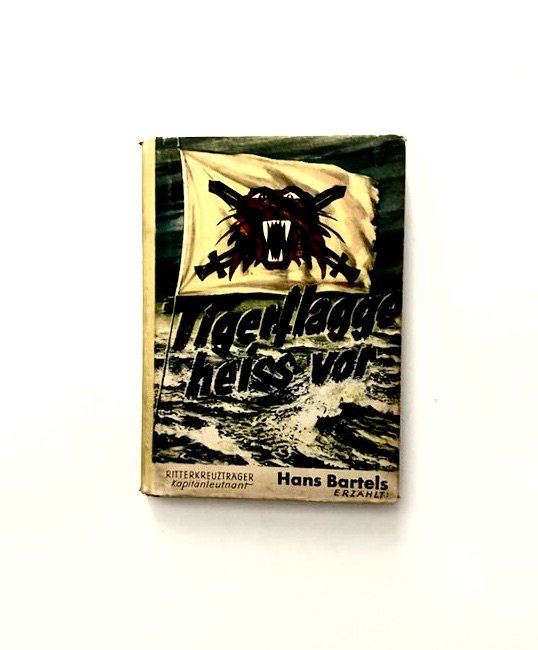
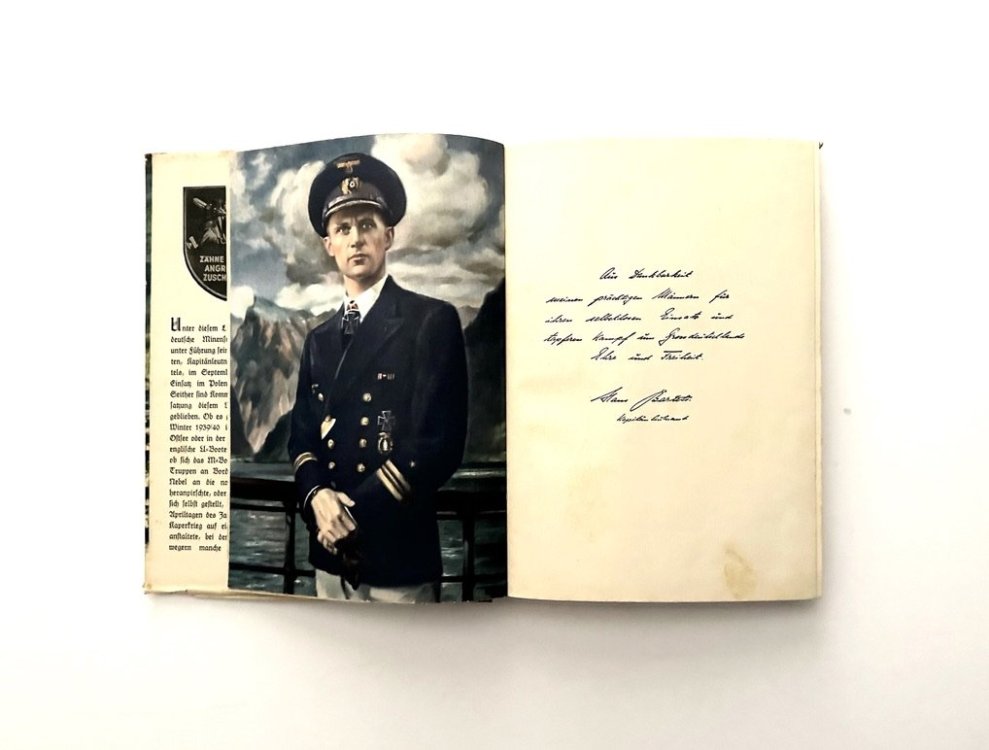
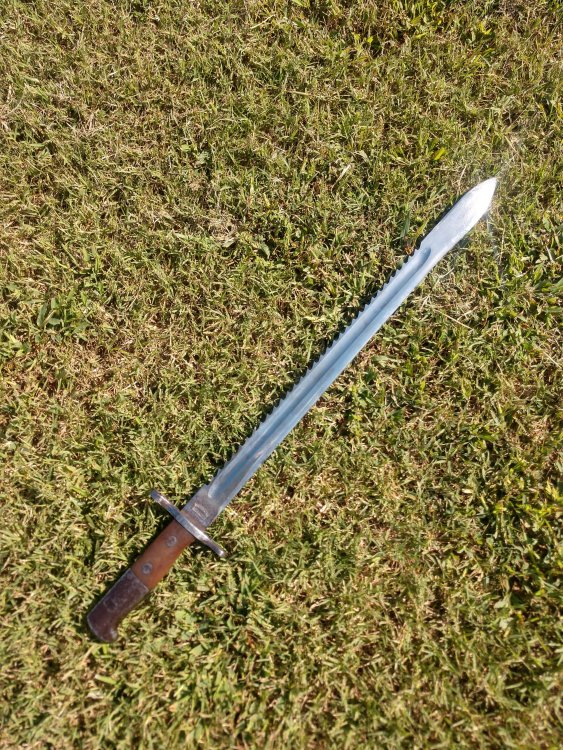
.thumb.jpg.1246e0f64bfb7c2966d95fe6a0857cb2.jpg)
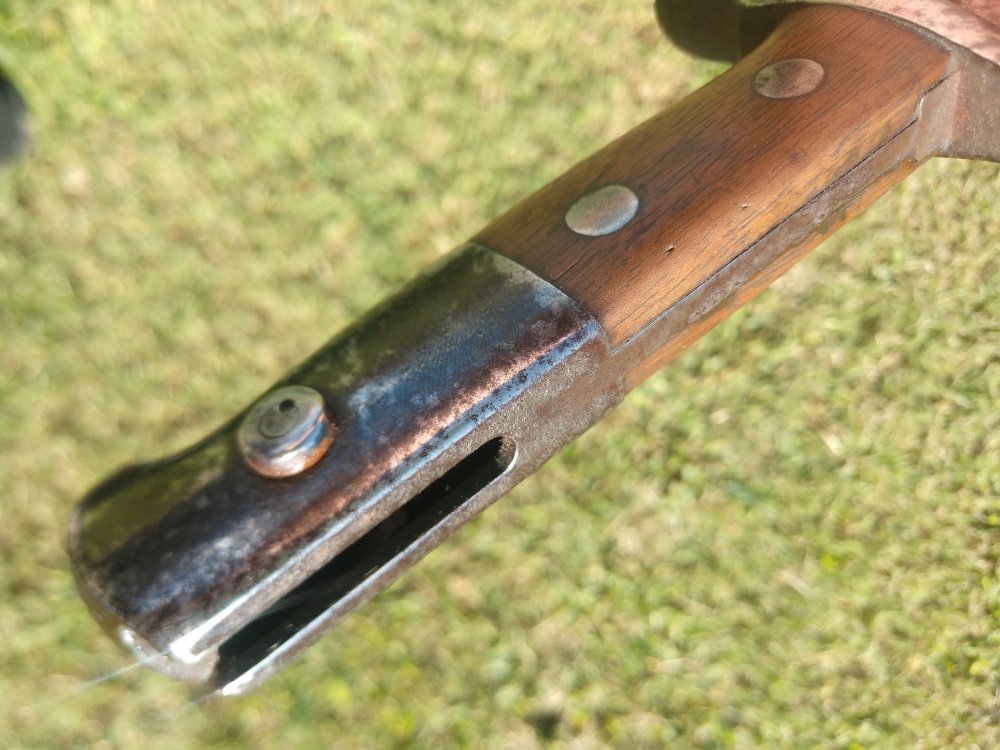
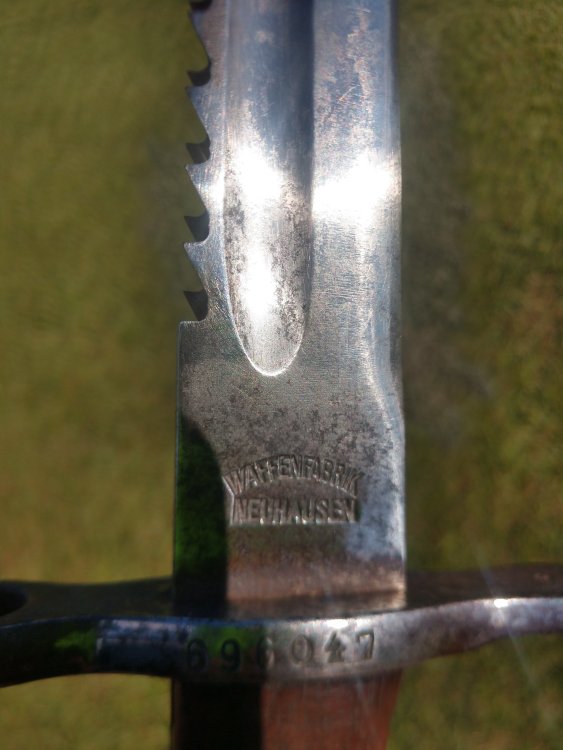
.thumb.jpg.e2f7794c598bd2fd3364300fef801e72.jpg)
